What is the meteorological phenomenon of the gale
Two days ago the entire province of Malaga suffered the phenomenon called the mini gale so typical of the Cantabrian area.

Two days ago the entire province of Malaga suffered the phenomenon called the mini gale so typical of the Cantabrian area.
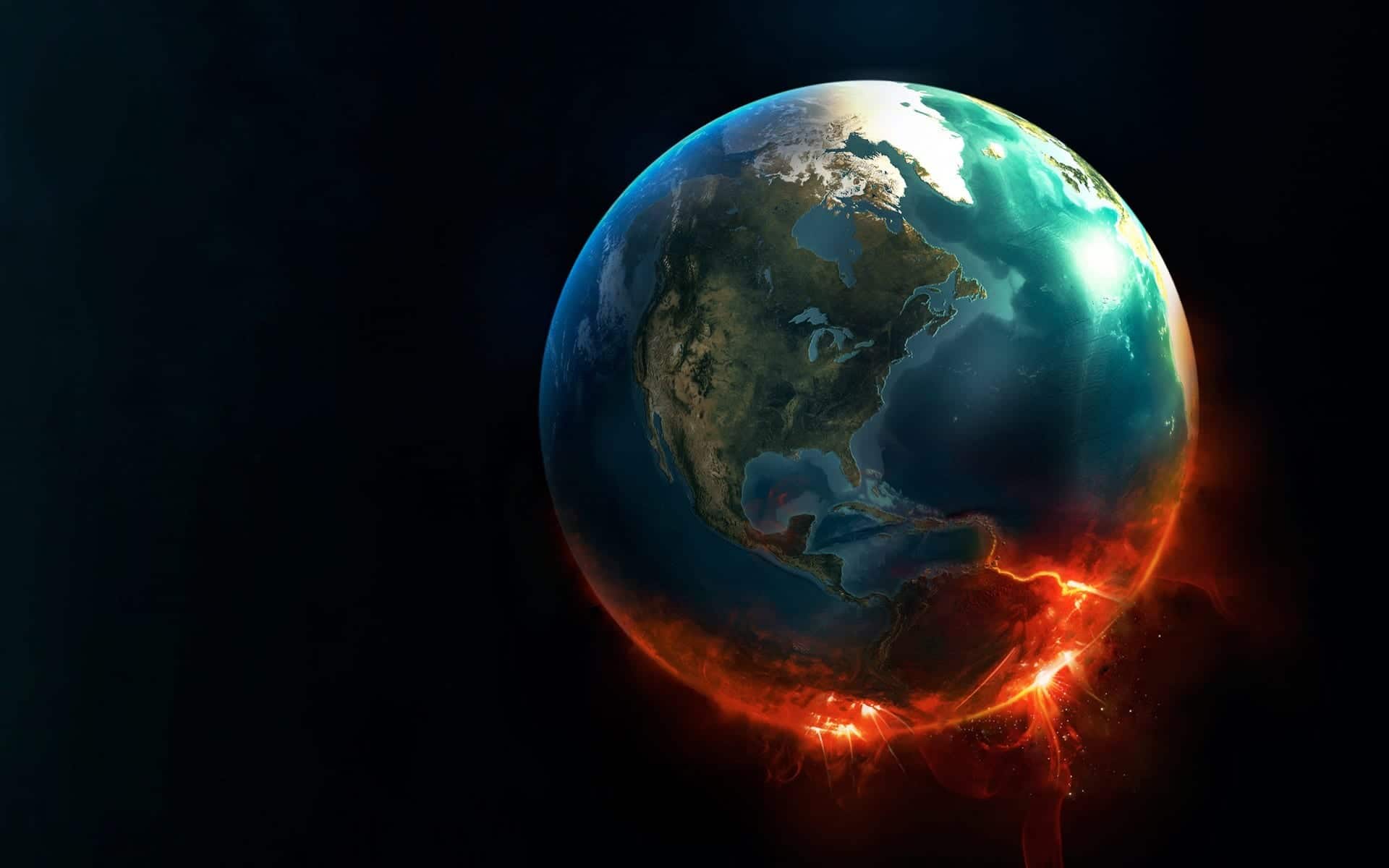
We show you a GIF that alerts you to the real threat of global warming. It is very simple, but it conveys a powerful message. Come in and find out.
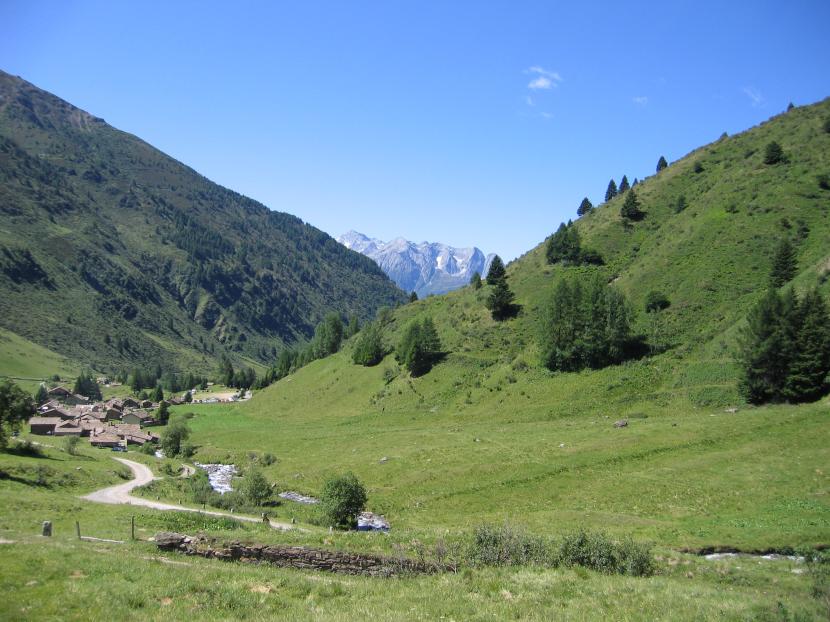
Would you like to know what the climate is like in the valleys of the world? These are very interesting natural places. Enter to find out what its weather is like.
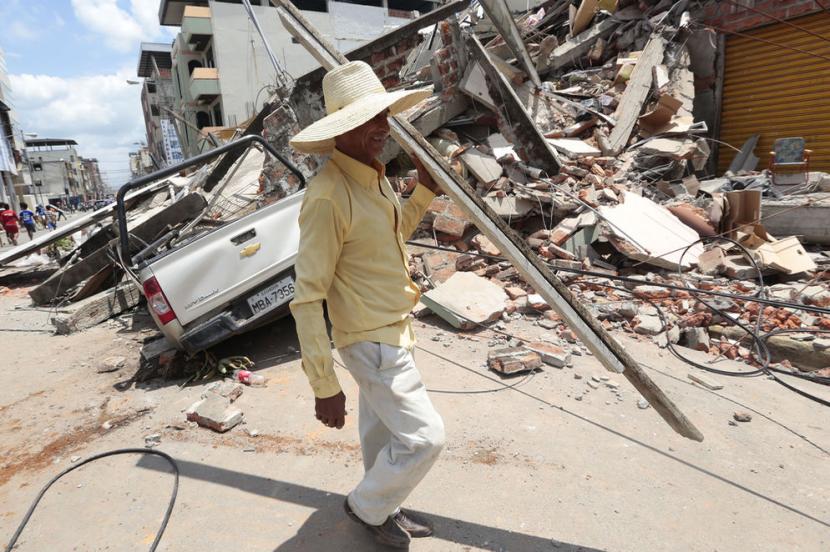
Do you want to know why so many earthquakes occur in Ecuador? Enter and we will tell you everything in detail. Do not miss it.
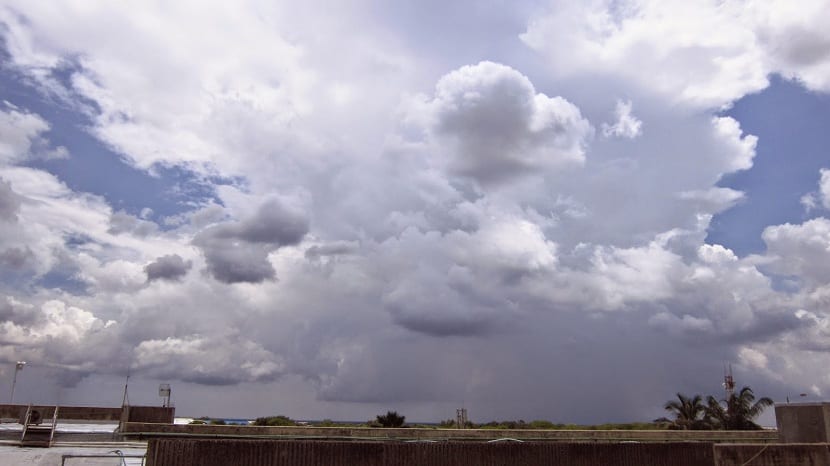
A recent study points out the important role that clouds play in climate change that affects the entire planet.

Taking advantage of the fact that the month of April is a month in which it rains a lot, do not miss a detail of the rainiest Spanish cities.

Supervolcanoes are very powerful. If they erupted, they could send several thousand cubic kilometers of matter into the atmosphere. But what are they?
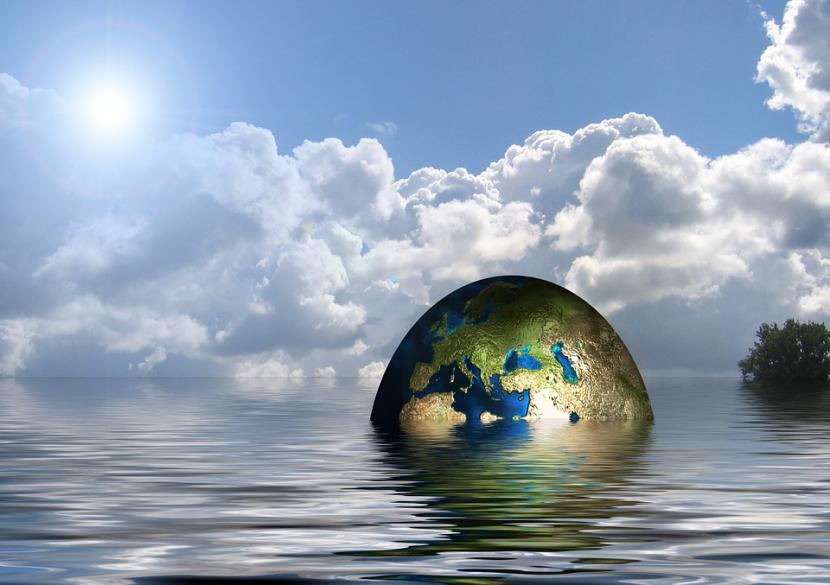
2016 will be the warmest year in history, according to NASA, which was shocked when it saw the climate models. Enter to know more.
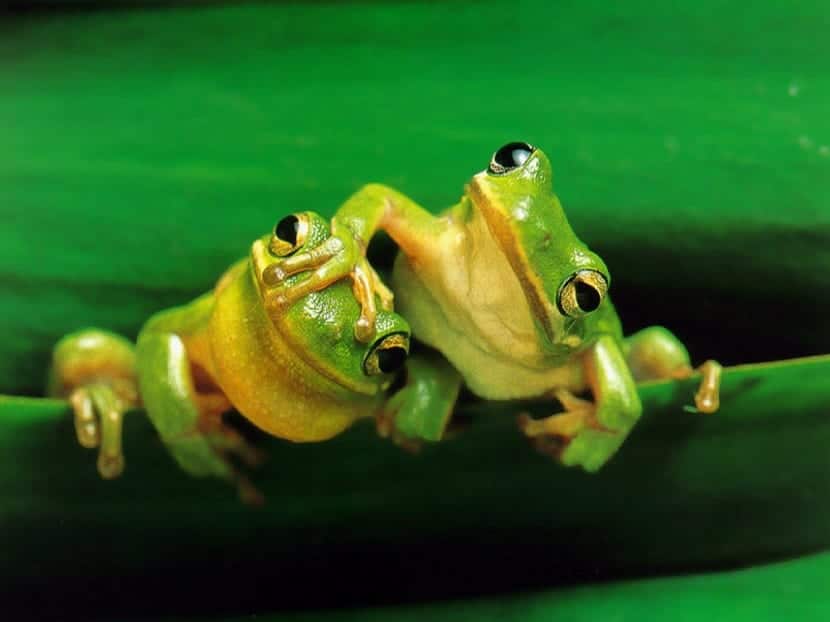
The devastating effects of climate change are causing many species of amphibians to rapidly become extinct from the face of the Earth.
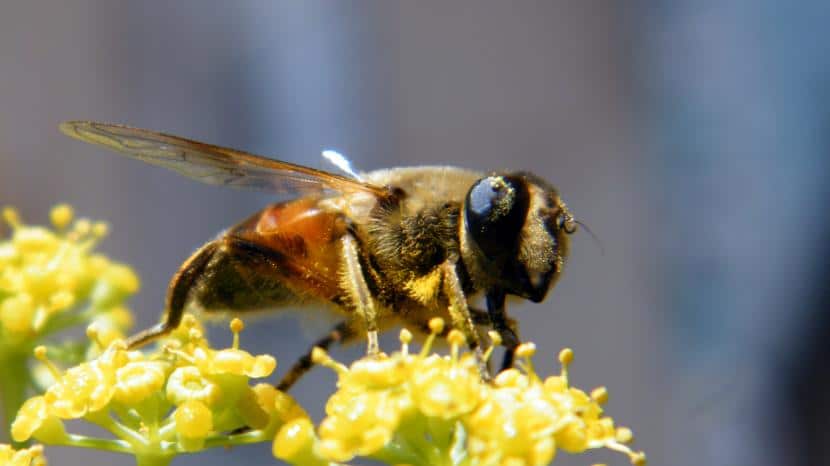
Bees are one of the most important pollinating insects. And yet they are at serious risk of extinction. Find out why.

According to some meteorological experts, during 2016 there will be a rise in temperatures of 1 to 2 degrees compared to the average.
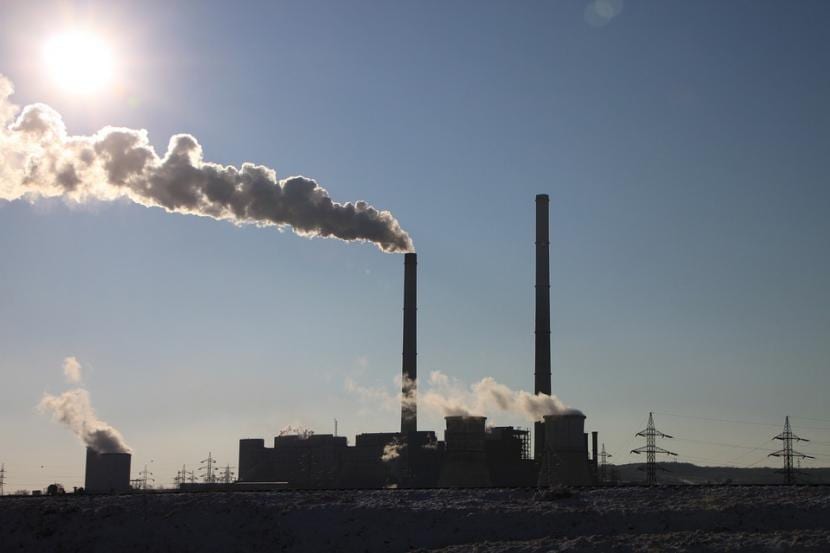
Climate change is a very serious problem. We, as a species, influence the global climate. But when do we start to make it worse? Find out.
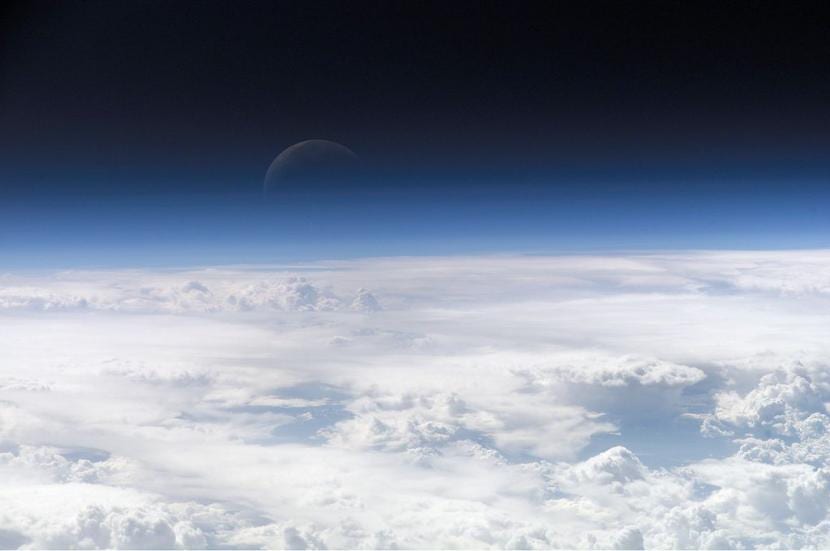
Discover the composition of the Earth's atmosphere, its layers and how global warming influences life on Earth.
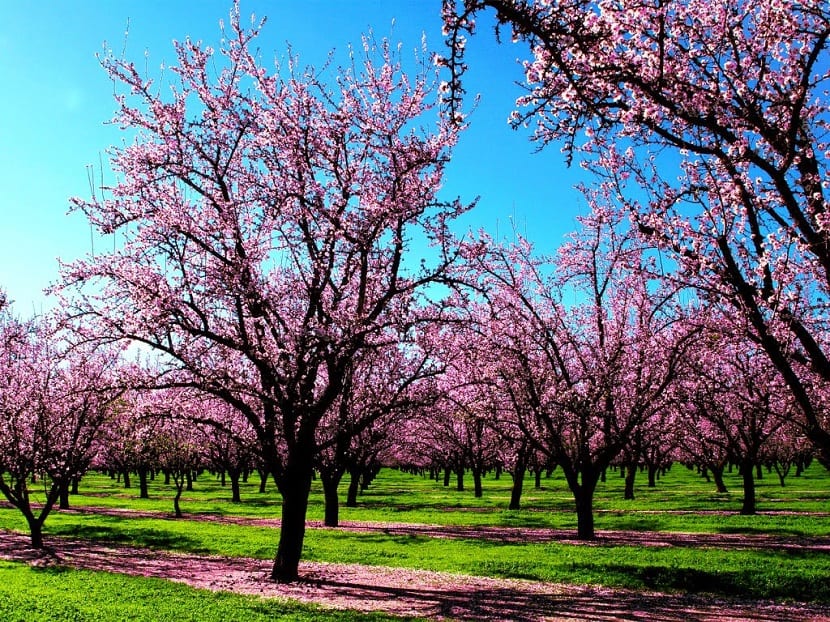
Pay close attention and do not lose detail to the differences between the so-called meteorological spring and the astronomical spring.
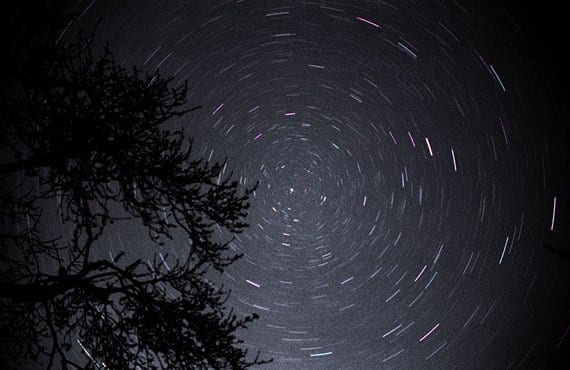
We explain to you why the Pole Star is always fixed in the sky while the rest revolve around the Earth. How can you locate Polaris?
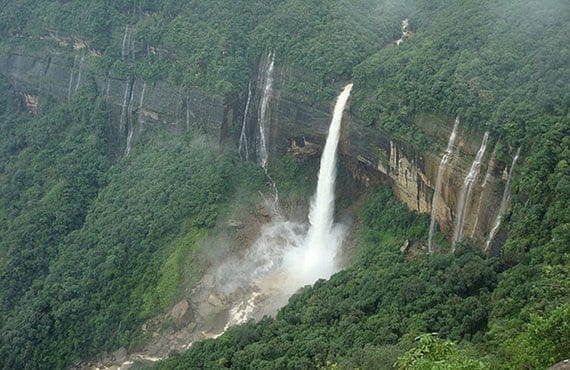
We discover the 8 places in the world where it rains the most throughout the year. Do you know them? Why does it rain so much on them?
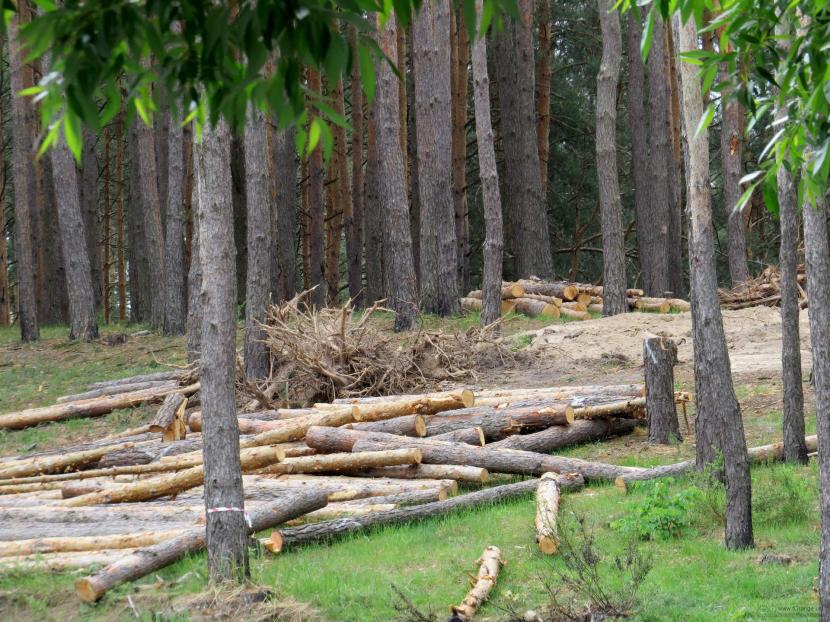
Deforestation is a very serious problem, but do you know how it can contribute to making global warming worse? We will tell you.

Do not lose detail of the negative effects that Spain may suffer in terms of climate change in the coming years.
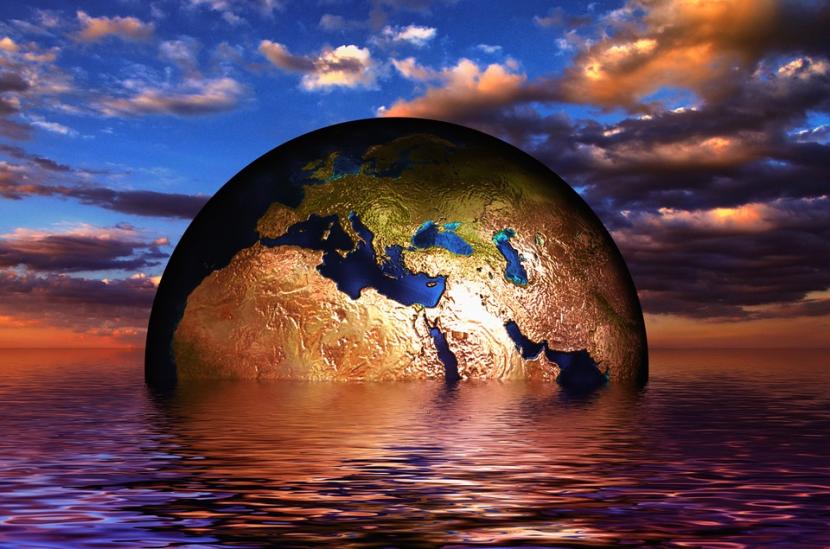
Have you ever wondered how long the current climate change is going to last? A team of scientists has found out. Find out. It sure surprises you.
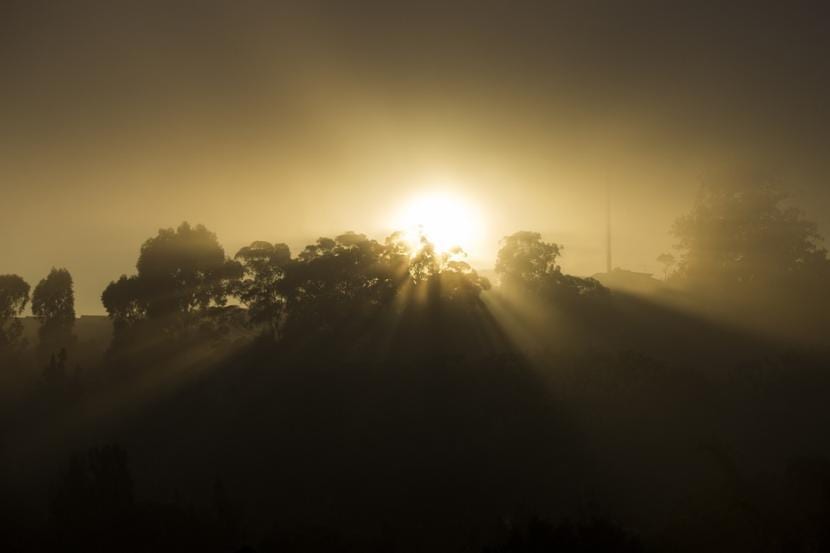
We explain what fog and haze are and what are the differences between them. What are the causes of fog or mist? Find out
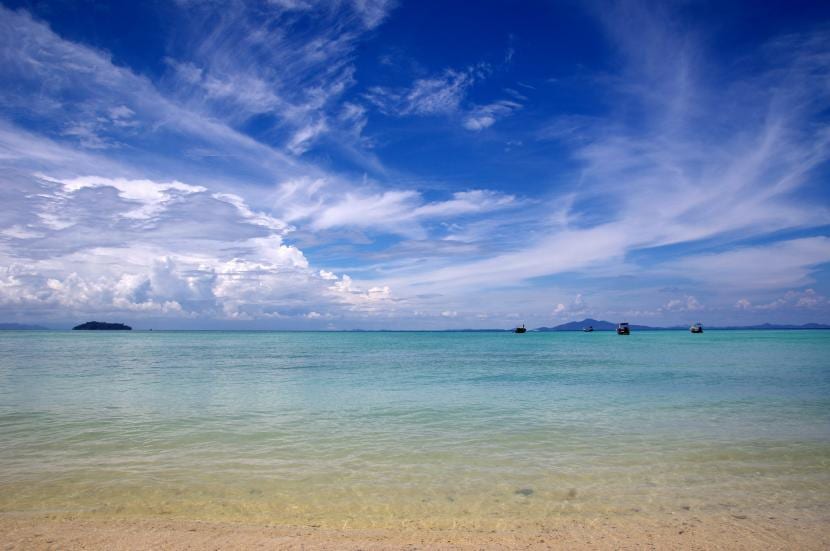
Have you ever wondered why the ocean is important? We often see it as an ideal place to enjoy the summer, but how does it affect the weather?
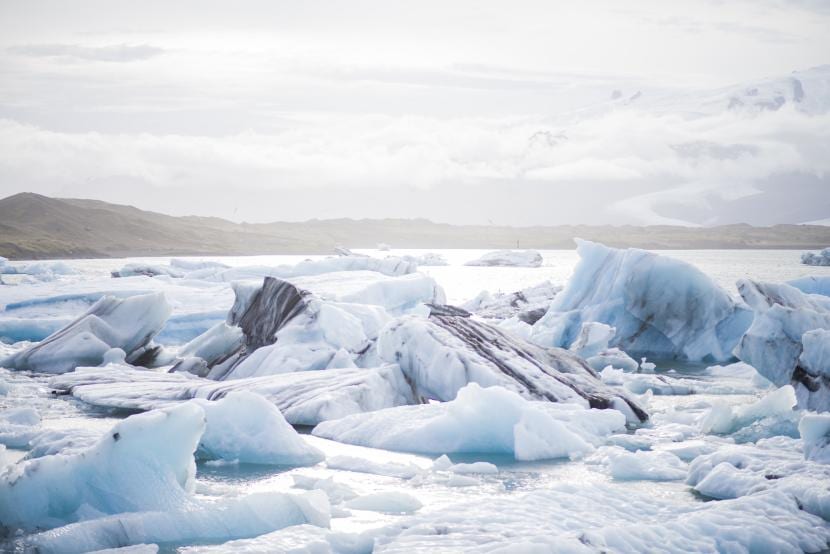
What is the relationship between heat and temperature? Does it have something to do with the wind chill? We explain the differences between these two concepts

In general, the temperature decreases with height due to the phenomenon of the vertical thermal gradient. What does it consist of? We explain it to you in detail.

If you have ever wondered why the sky is blue, here you will discover the reason why it has that color or changes its hue in some moments.

February 2 is a very special day. Groundhog Day is celebrated, a tradition of Celtic origin that will help to know when spring returns.
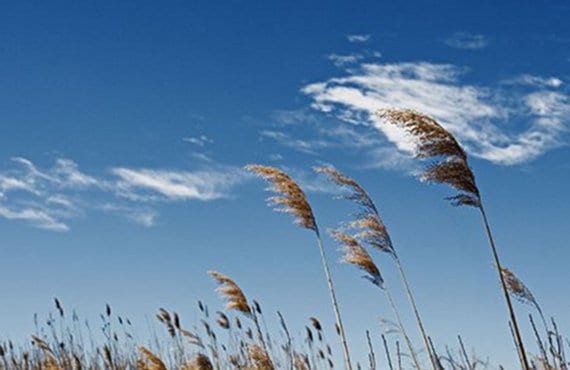
Review of the main characteristics of three of the most famous winds in Spain: the Tramontana, the Levante and the Poniente. Why is it airy?
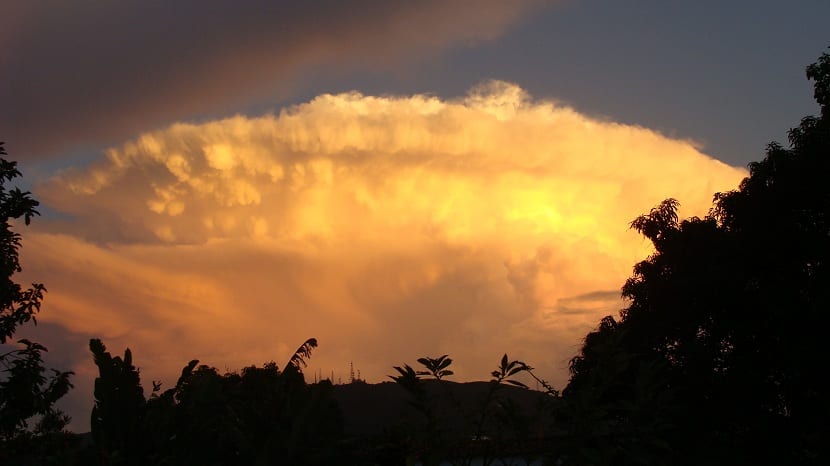
Although they seem two identical concepts from a meteorological point of view, there are great differences when it comes to talking between weather and climate.

Climate change has devastating consequences for the earth, do you know what causes and effects it produces on our planet and living beings?
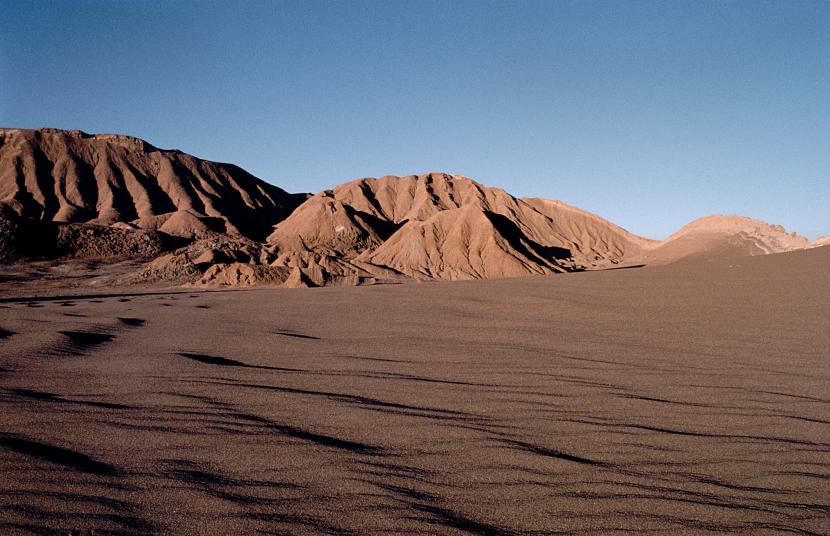
What is the Humboldt current? What are the consequences for the climate and for the earth? Discover all the details of these marine currents.

Now that the winter season has just started, take note of some of the curiosities of this solstice that gives way to the Christmas holidays.
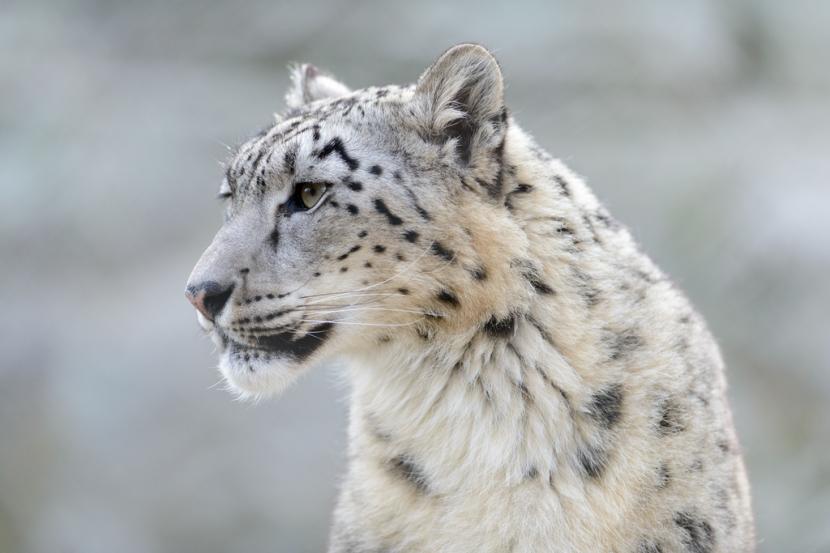
We tell you which are the animals that are in danger of extinction due to global warming. Polar bears, penguins ... they all fight to survive.
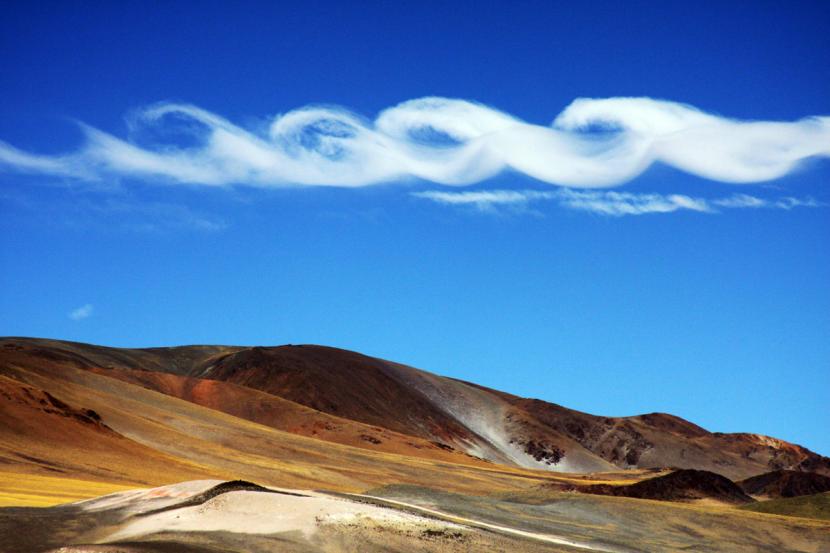
Have you seen any waves in the sky? These peculiar clouds are the Kelvin-Helmholtz clouds. They are very curious, so much so that they inspired the painter Van Gogh.
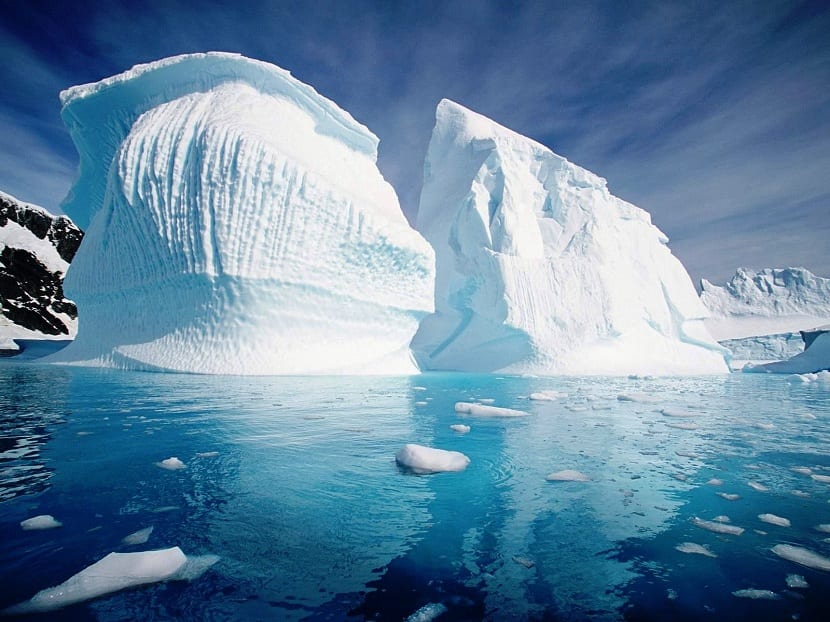
Do not lose detail of the countries on the planet that suffer and suffer the lowest temperatures and in which the winters are really hard and difficult.
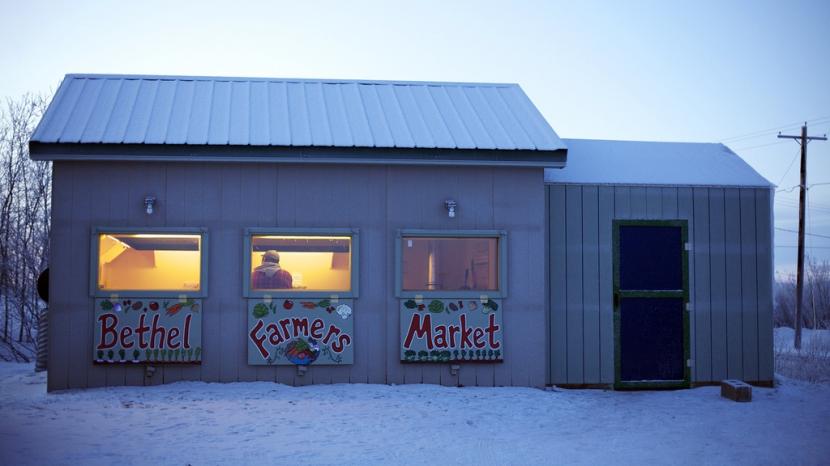
Incredibly, they manage to grow vegetables in the cold Alaskan tundra, specifically in a remote town to the west called Bethel.
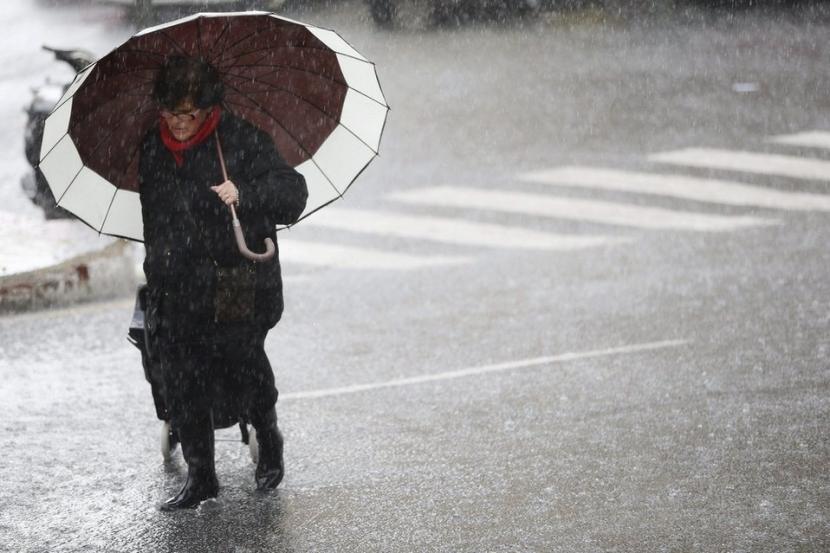
Have you ever wondered which is the rainiest place in Spain? Incredible as it may seem, it is not Galicia. Come in and find out. It sure surprises you.
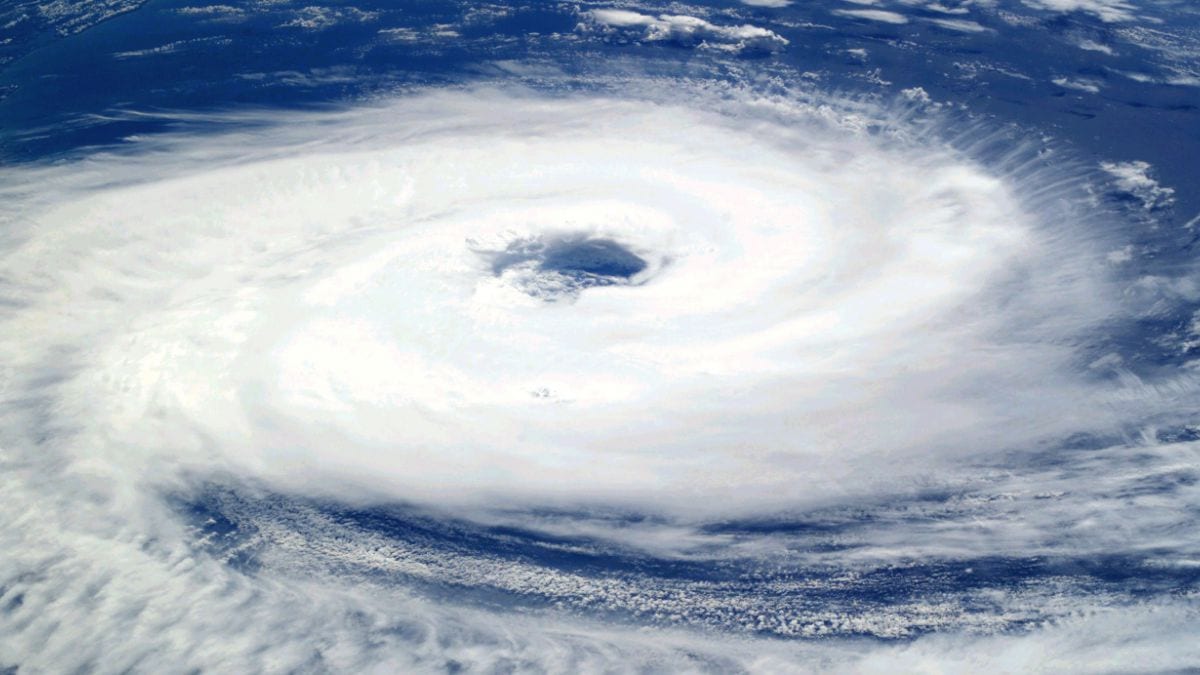
Do not lose detail of the following article, since in it I explain clearly how a typhoon originates and the differences between a hurricane.
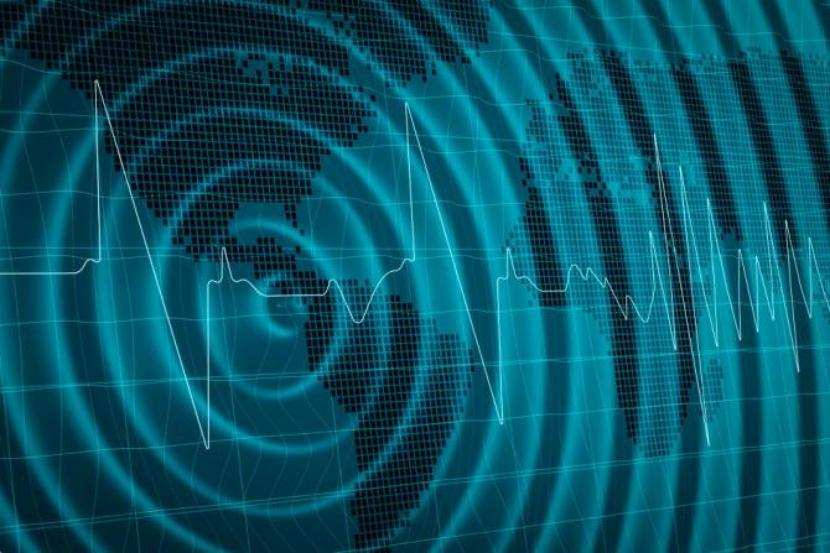
Earthquakes change the elastic properties of the Earth's crust, according to a study. Seismic waves can alter the stress of faults.

We tell you which is the windiest place in the world, where the wind speed can be really dangerous: it can exceed 400km / h.

Do not lose detail of what was the origin of global warming and climate change and its possible consequences for the future of the entire planet.

The autumn equinox has just been released and what better time to discover 10 really interesting curiosities about this little-loved season.

Climate change and El Niño will starve 10 million people in Africa and Central America, according to the non-governmental organization Oxfam.
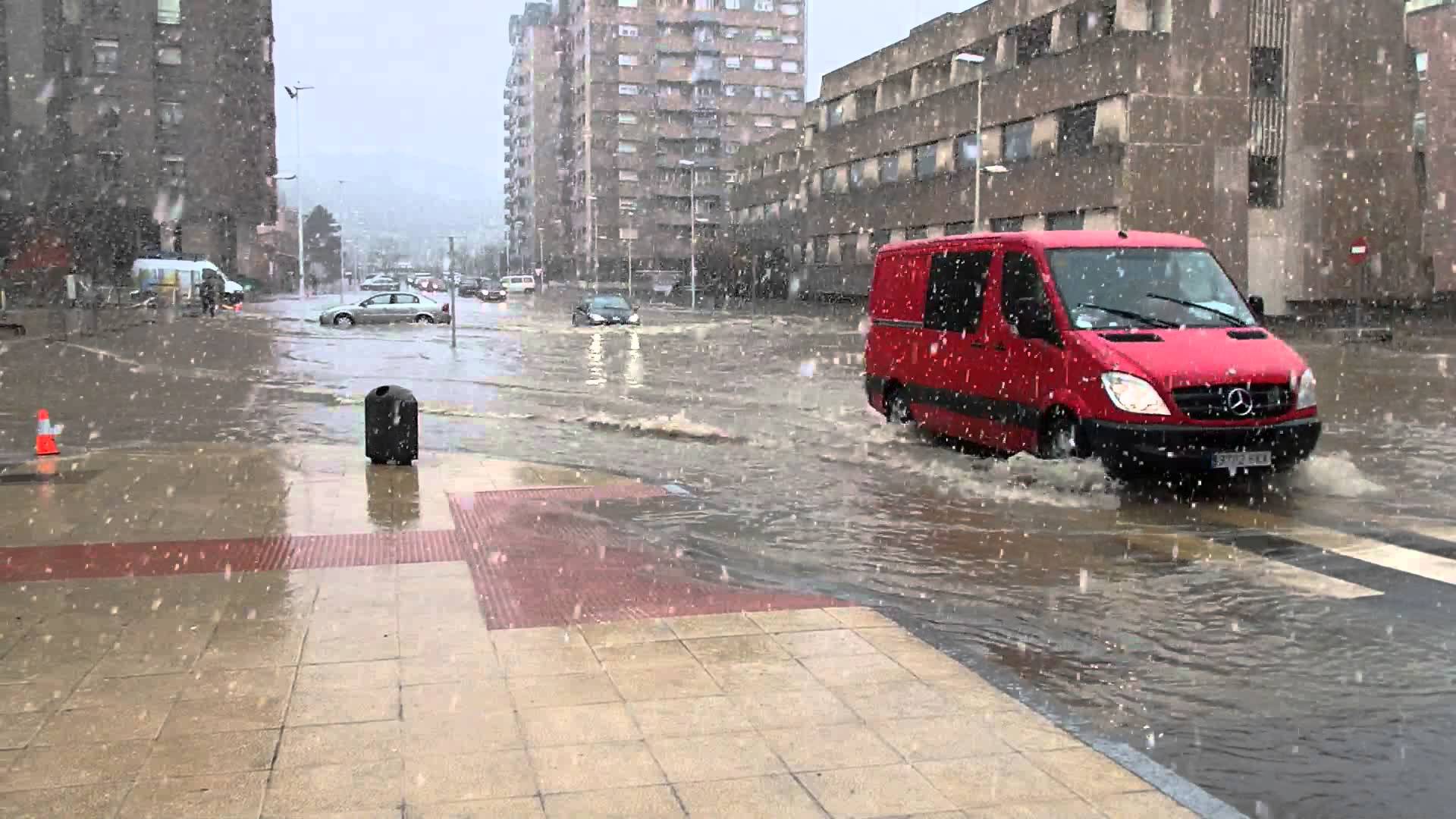
Spain is experiencing electrical storms these days accompanied by water and hail. Take note of how to act in case of a strong waterspout.
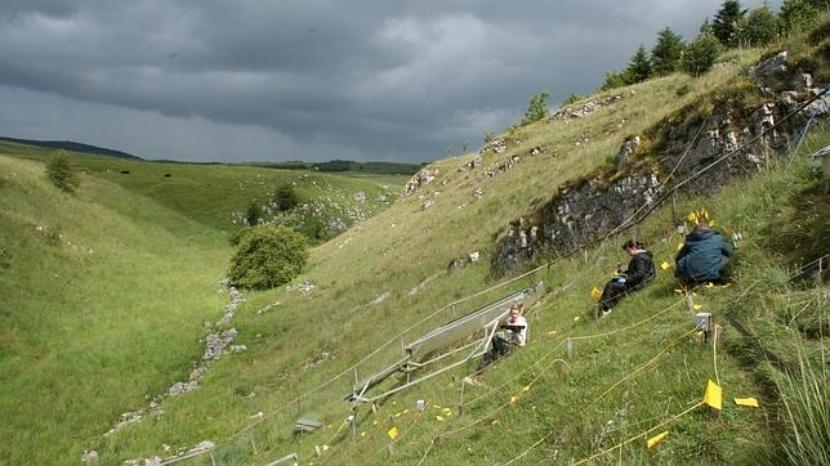
A group of researchers from the University of Liverpool has produced a study showing the adaptation of plants to climate change.

Germany is experiencing the effects of climate change, according to an expert. The drought that is affecting the country is wreaking havoc on agriculture.
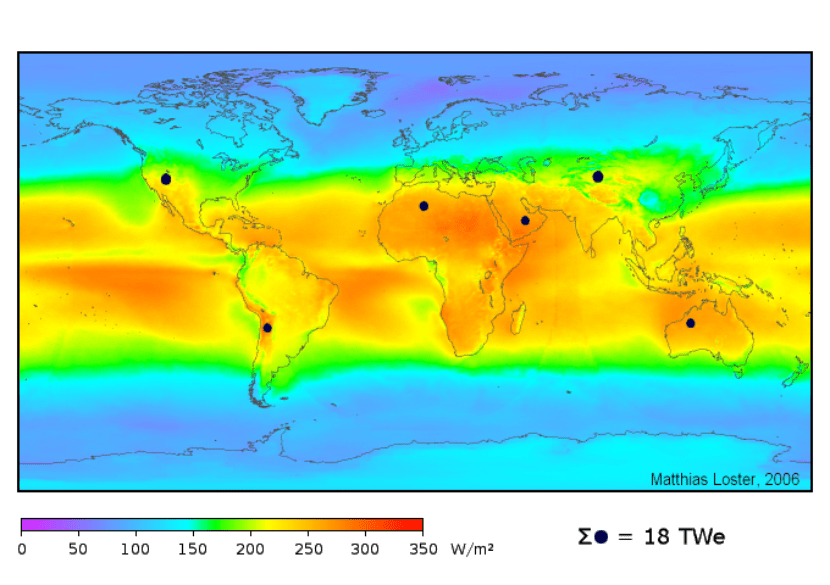
What is solar radiation and how does it reach our home, the Earth? Enter to find out what percentage of radiation is absorbed by the planet.
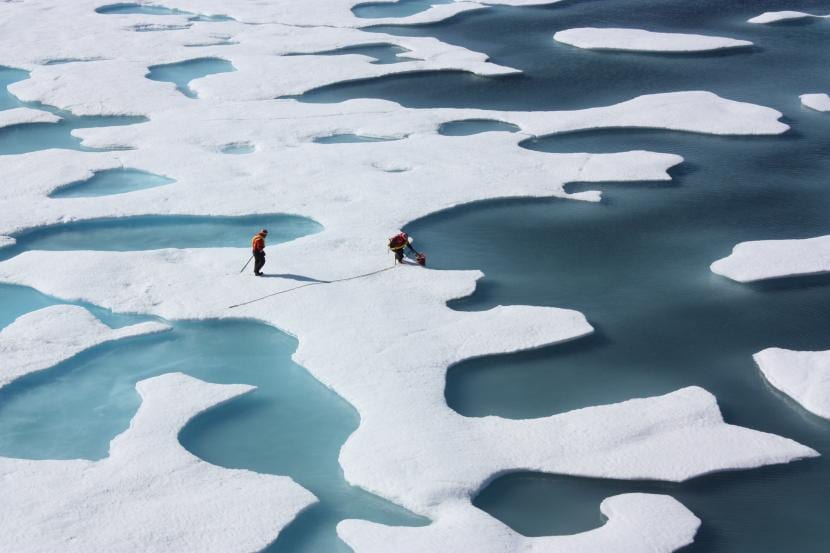
Pay close attention and do not lose detail to the differences between the terms climate change and global warming since they are not synonymous.
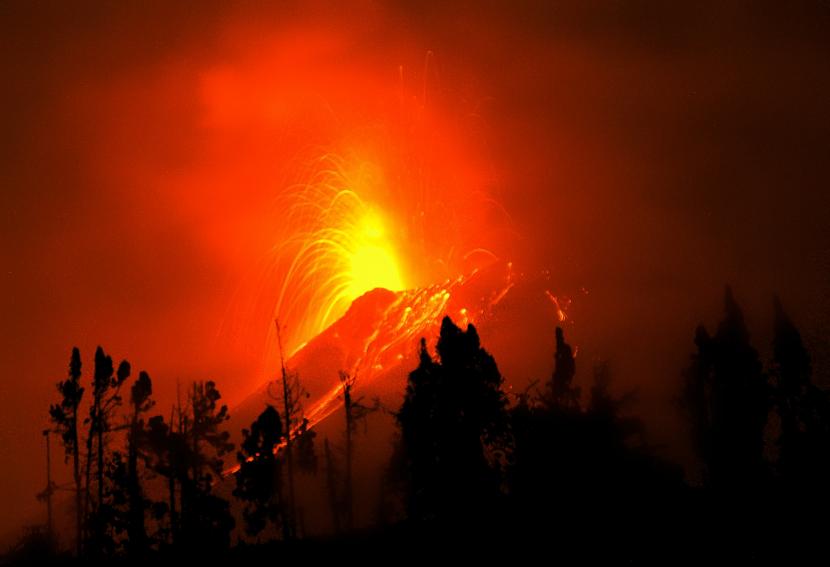
Don't you know why volcanoes erupt? Enter to find out the origin of one of the most impressive and beautiful demonstrations of nature.
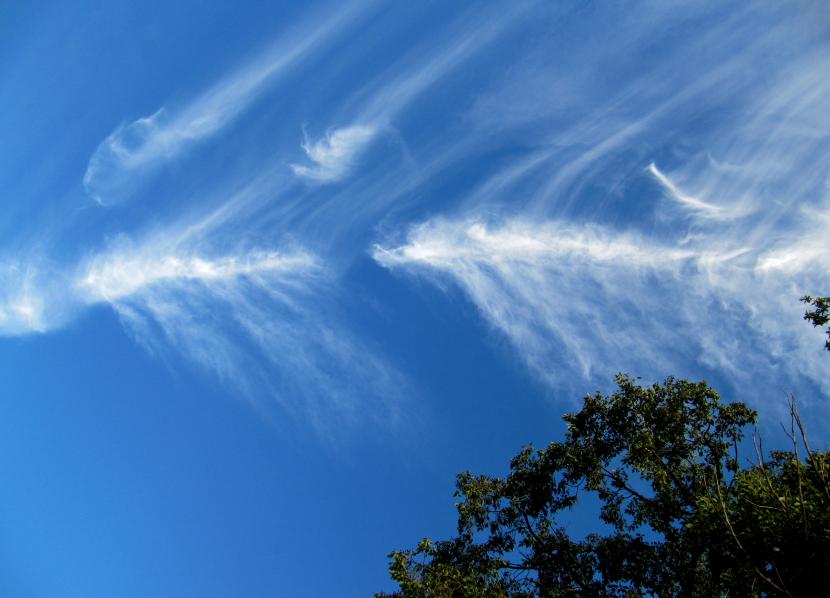
Cirrus clouds are the most curious. From children we see characters in them, and as adults we like to continue doing it. Enter to find out what types there are.
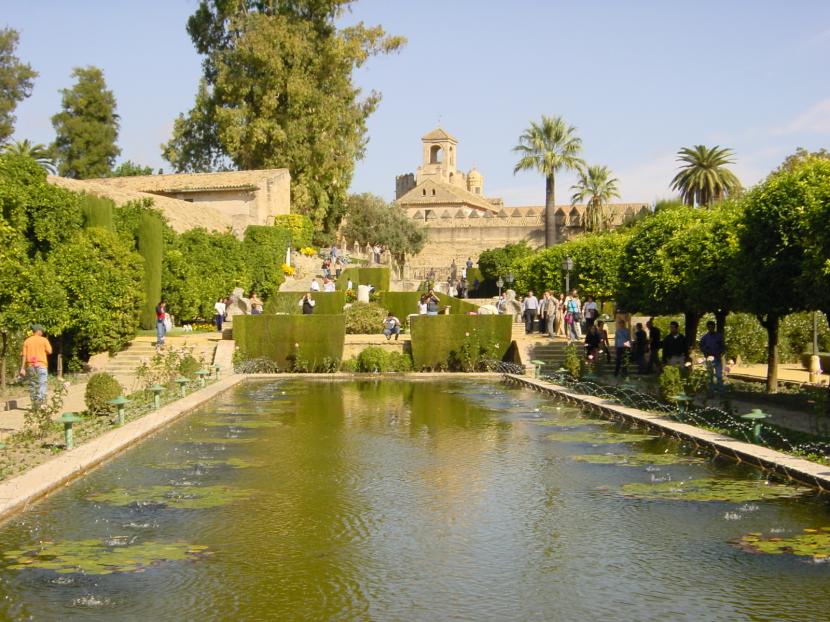
Do you want to know which is the hottest city in Spain? Enter to find out. Andalusia is a very warm community, but is it really hot?
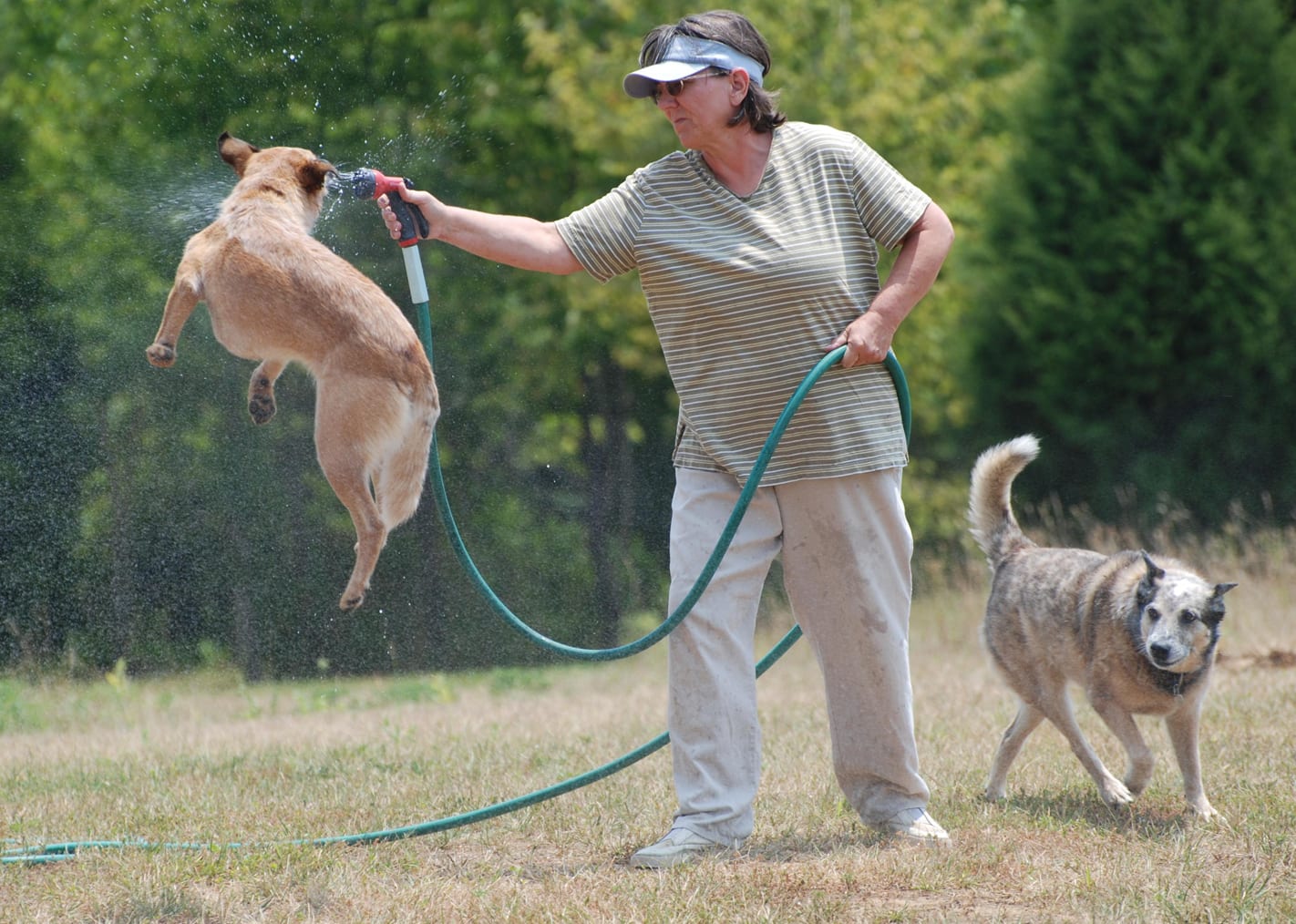
The very long heat wave that the whole country is suffering not only negatively affects people, animals also suffer and suffer from it.
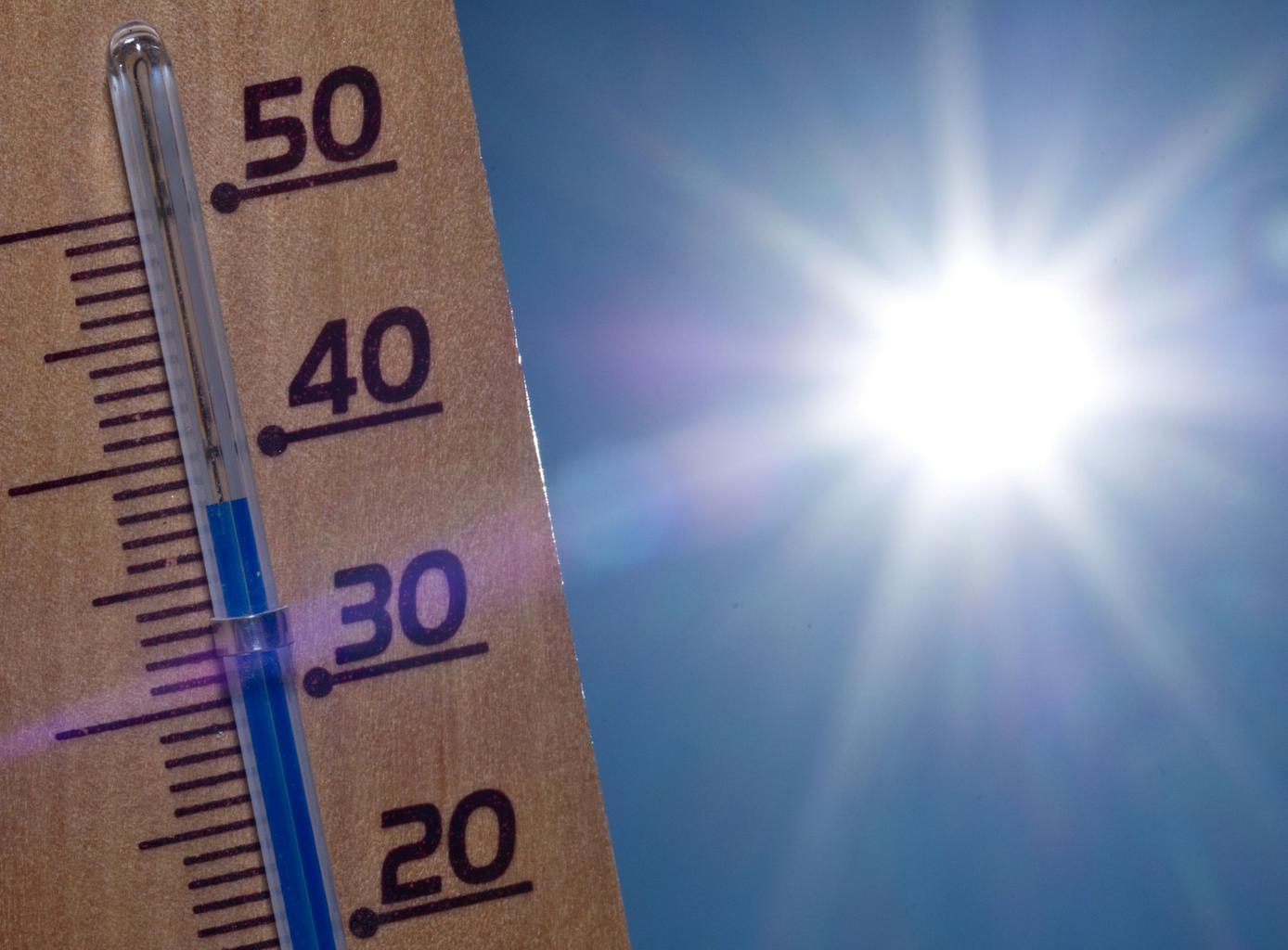
Did you know that cold weather is more dangerous than hot weather? A study in the journal "The Lancet" has reached this conclusion. Enter to know more.

A sea level rise of 60 meters could have dramatic consequences. Find out which are the cities that could disappear.
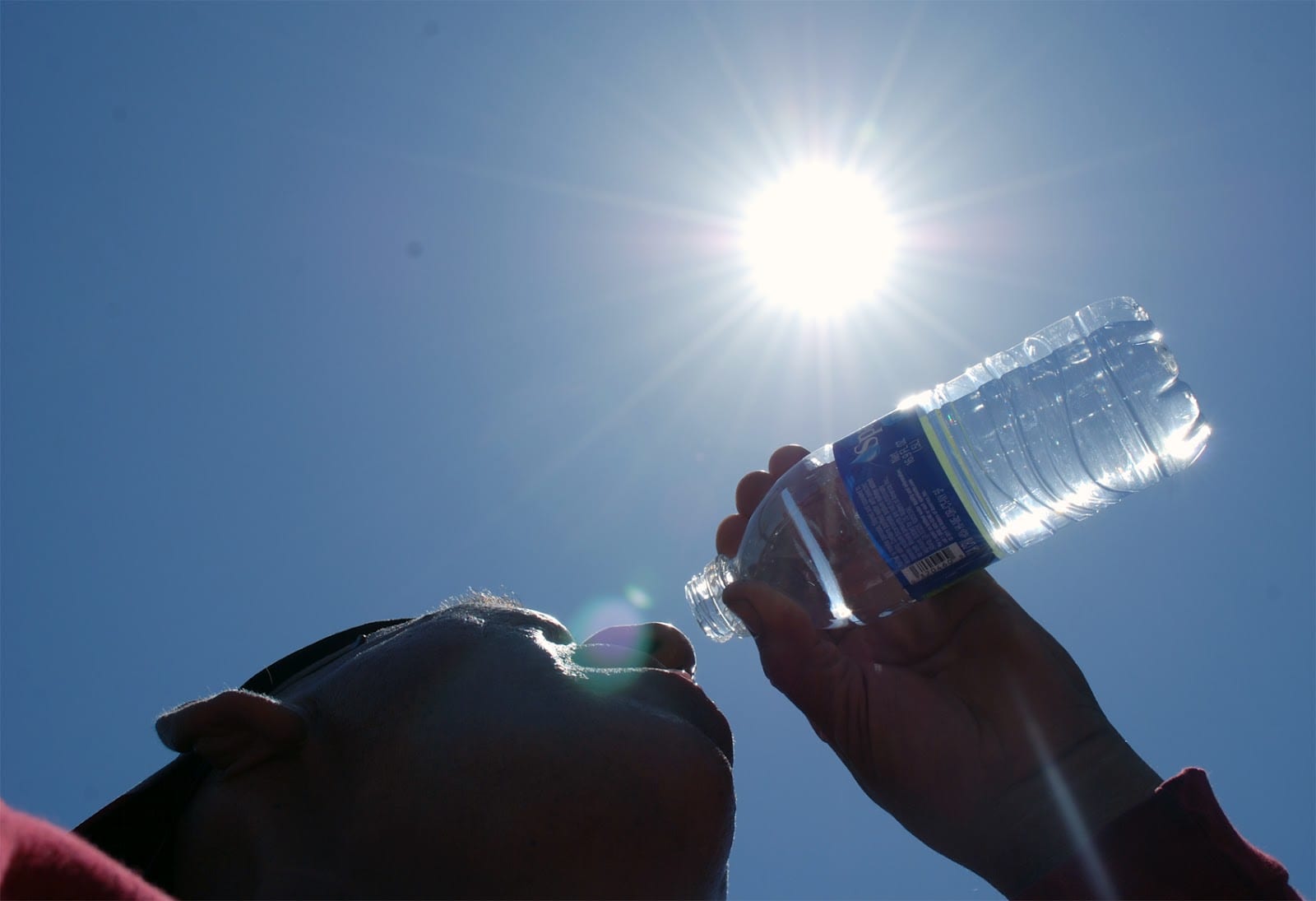
If you would like to know the temperature records recorded in history in Spain, do not lose detail and pay close attention to the following data.

Climate experts from the World Bank have published a study that reveals that climate change affects pregnant women.
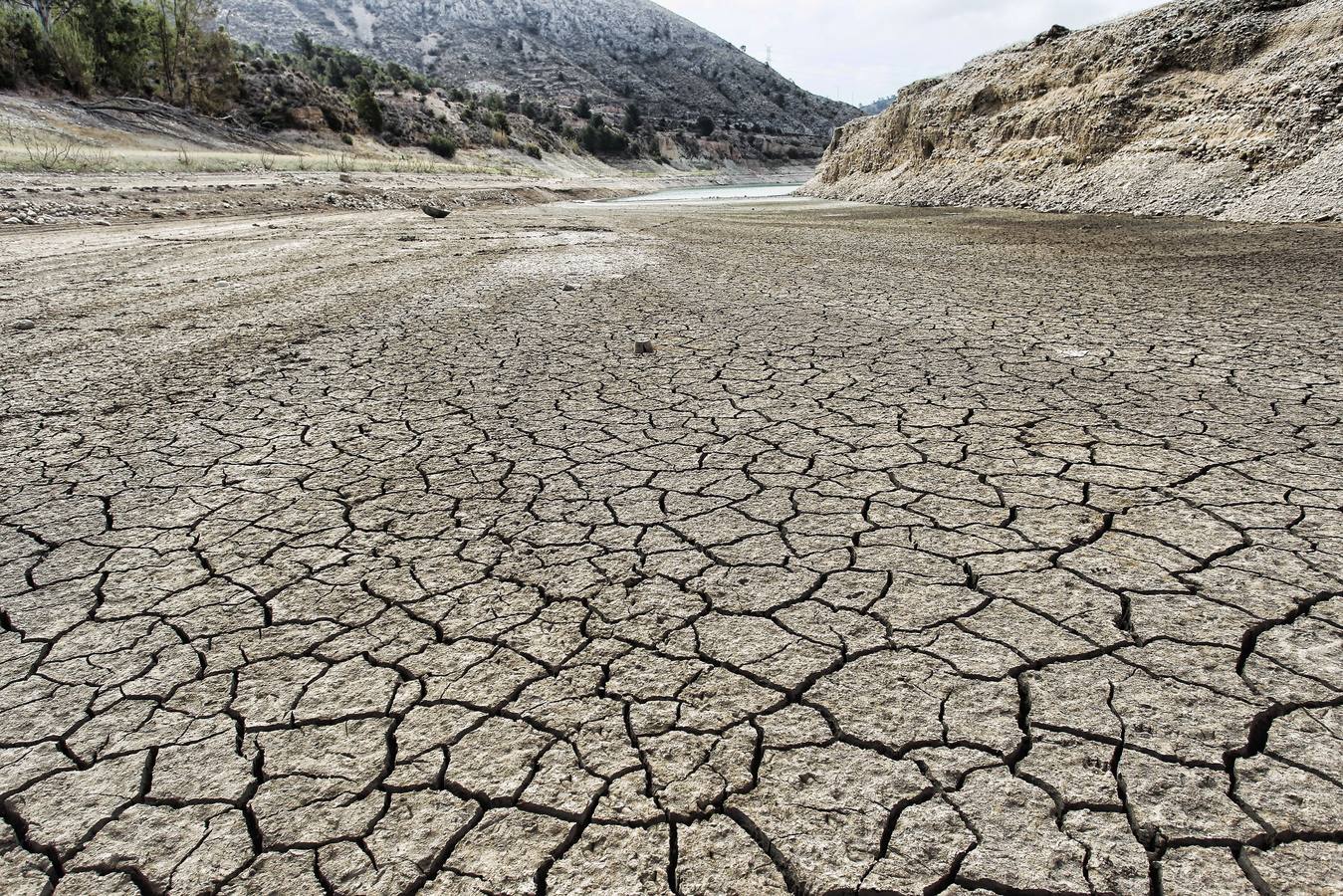
There are a number of countries in the world that are experiencing the worst periods of water scarcity in their history and fighting drought and avoiding the worst.
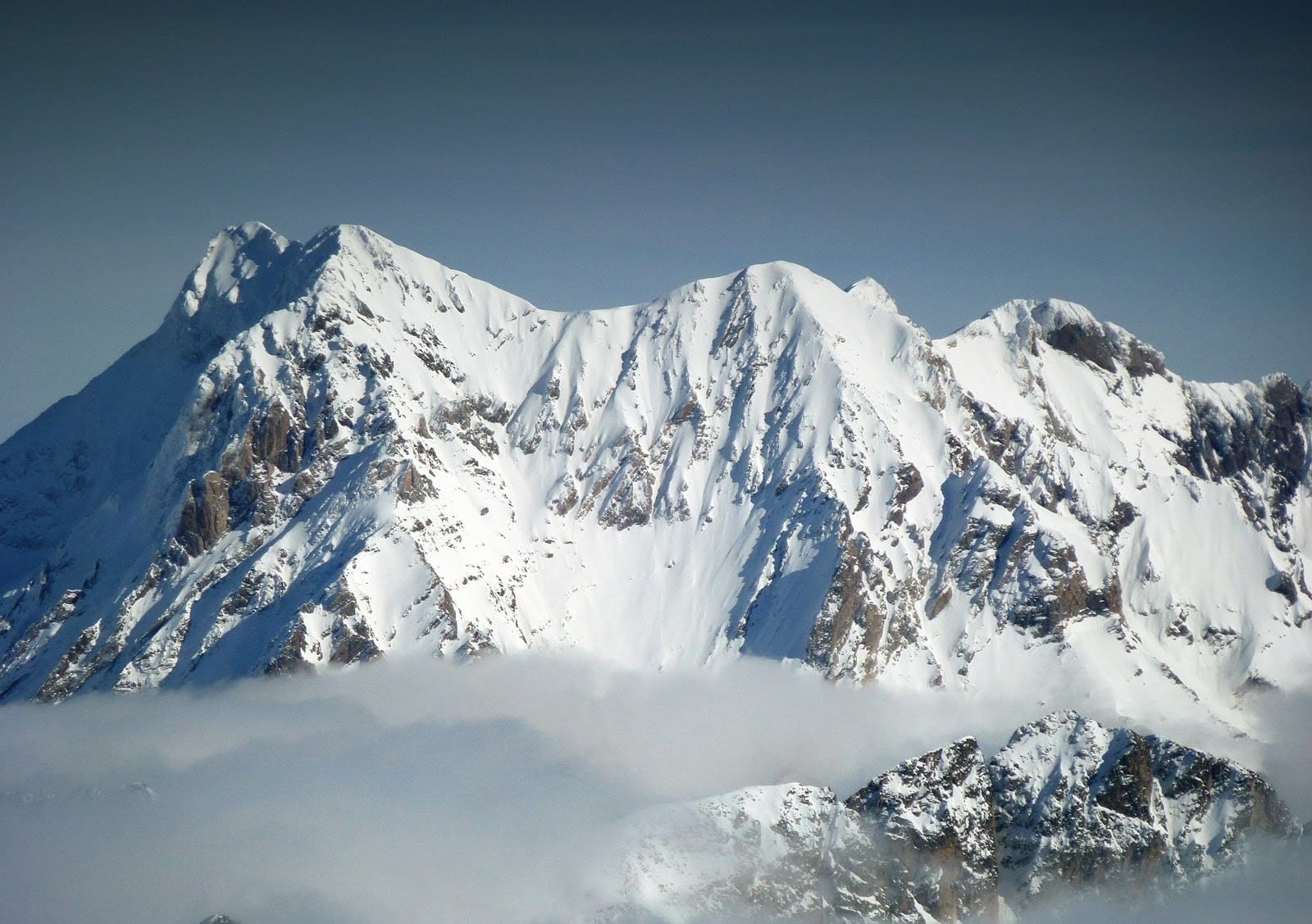
Pay close attention if you want to know more about those clouds that are created on top of mountains and that are known as orographic clouds.
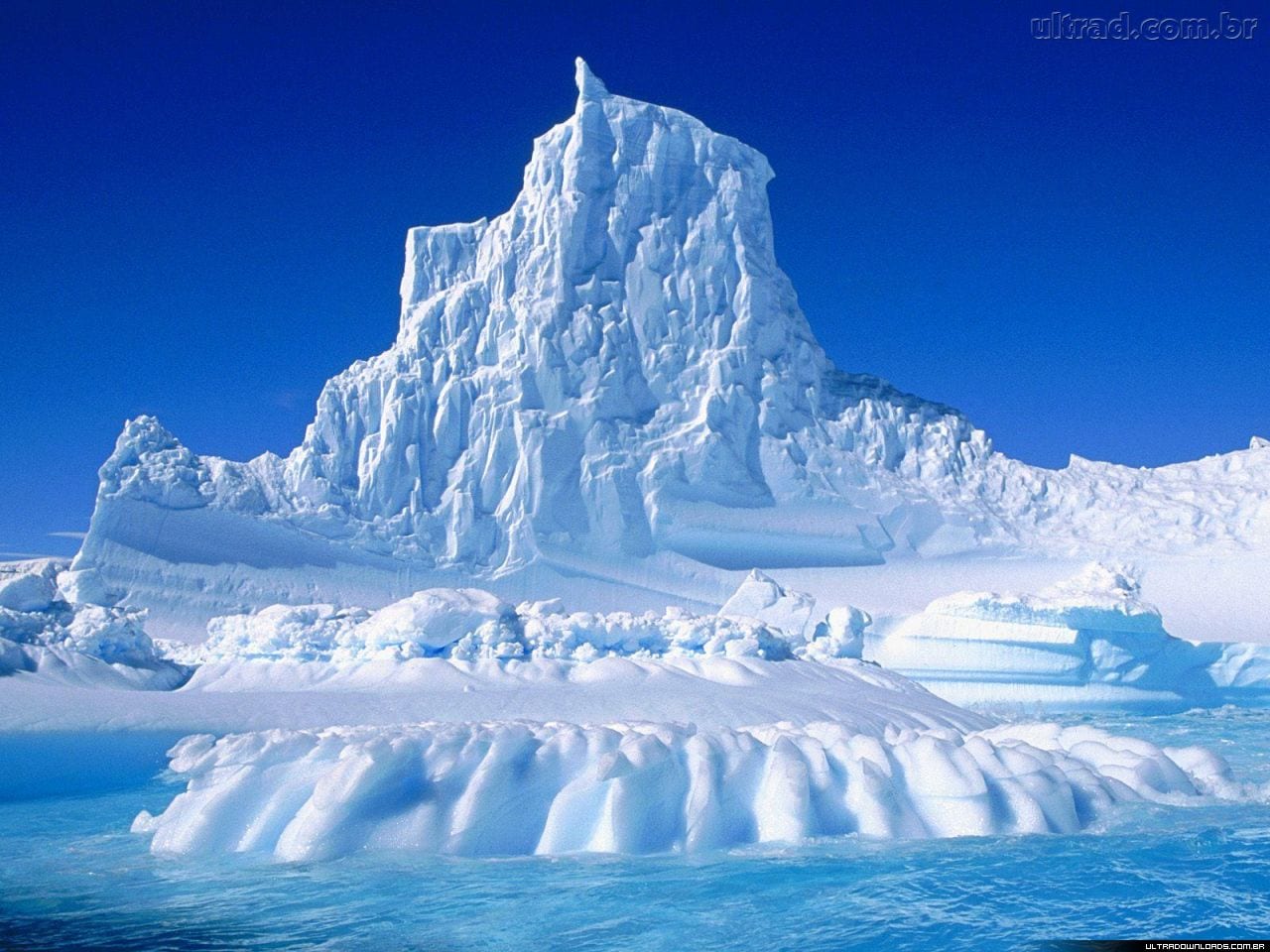
One of the most beautiful and fascinating areas of the planet, Antarctica, cannot be allowed to be in danger due to global warming.

Thermal amplitude is nothing more than the difference between the highest and lowest temperatures of a place recorded in a given time.
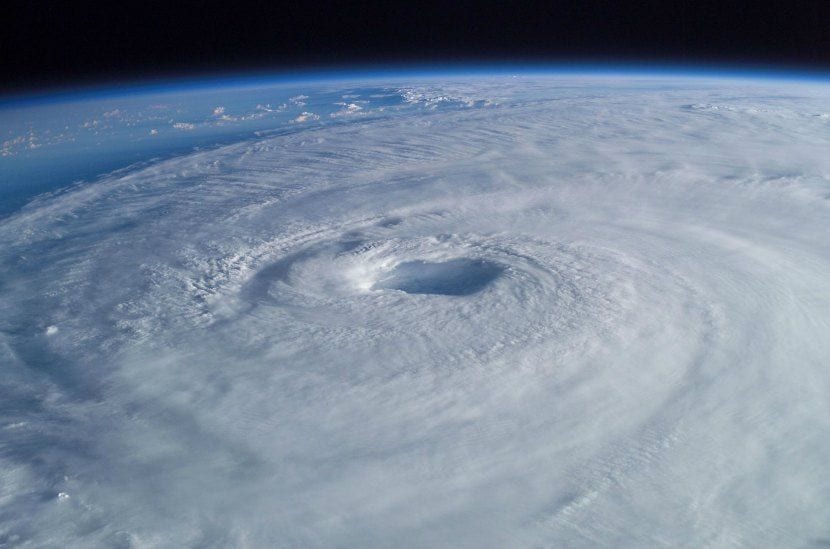
Stormhunter history and facts. What do you have to do to be a storm chaser?

Drones are pilotless aircraft that are gaining more and more presence. In meteorology, they can help study weather phenomena.

The climate change that the entire planet is undergoing is seriously affecting deserts, endangering the lives of their inhabitants.
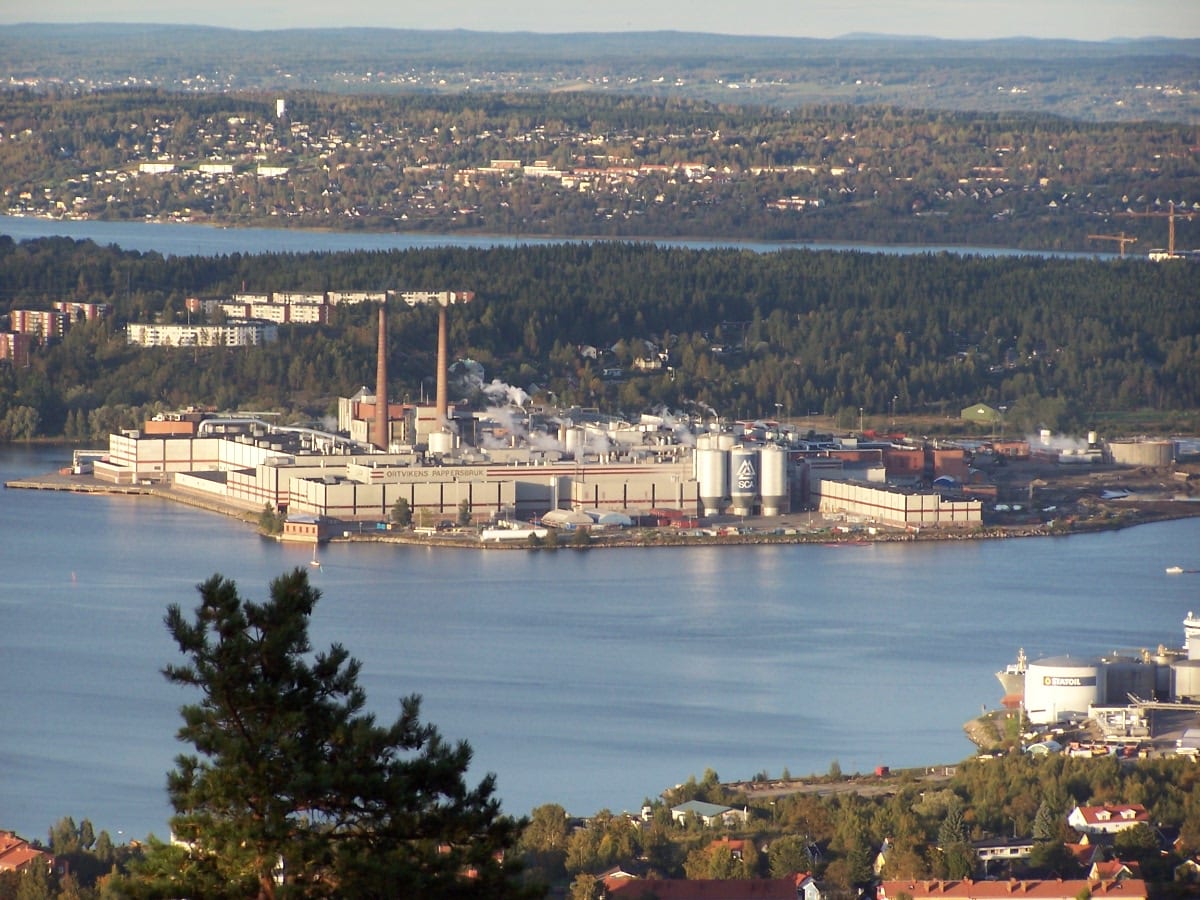
The Water Framework Directive proposes to the European Union a substantial improvement in the quality of fresh water by 2015. To this day this objective is far from being fulfilled, the toxic levels in aqueous bodies are still extremely high.
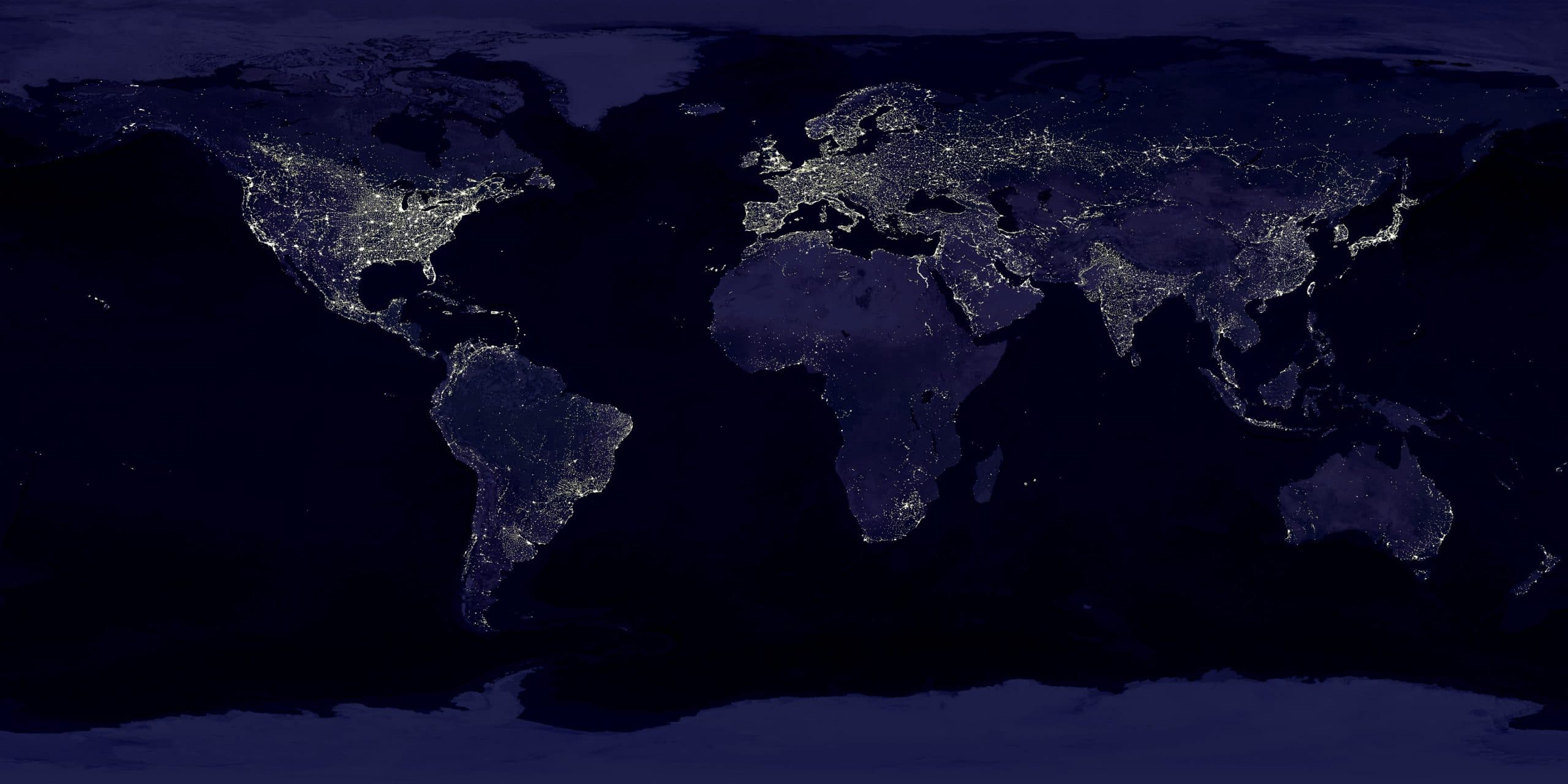
The great influence that humanity has had on the planet and its environment causing extinctions and even altering natural and climatic cycles makes it possible to study adding the so-called Anthropocene to the global geological scale.
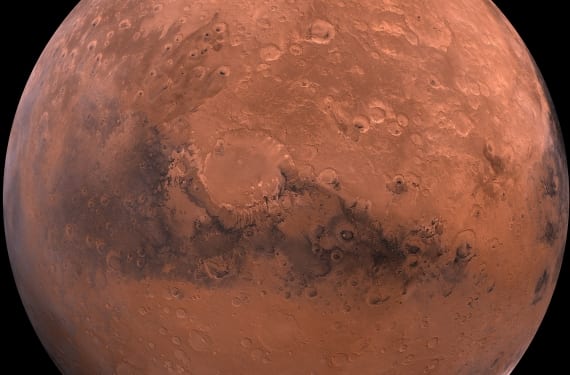
Of the characteristics of Mars observable from Earth through a telescope we can highlight an atmosphere with white clouds although not as extensive as on Earth, seasonal changes very similar to those on Earth, 24-hour days, the generation of sand storms and the existence of ice caps at the poles that grow in winter. Looks familiar, right?
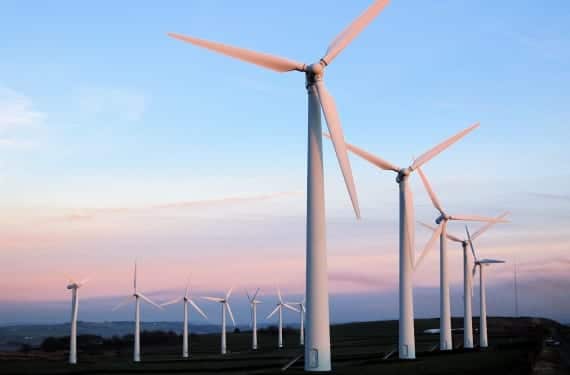
Wind turbines or windmills have become the favorite green energy source in many countries around the world, as they are often considered to have virtual zero environmental impact. Some studies indicate that it may not be as green as you think
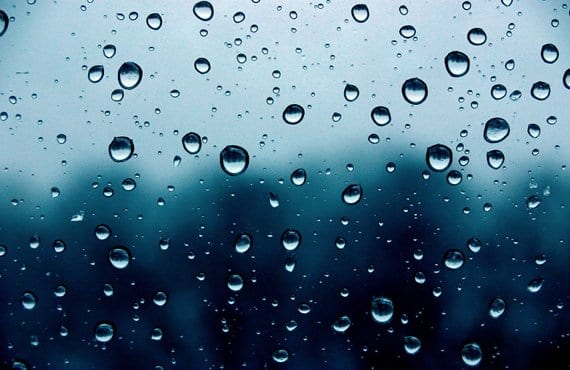
According to NASA scientists, the raindrops are not shaped like a teardrop, but rather like a hamburger bun.

Only six of the cities that already held the Winter Olympics in the past century would today be cool enough to host them. Even for the most conservative climate estimates, only 11 of the 19 cities that hosted the Winter Olympics could do so in the coming decades according to a survey conducted by the University of Waterloo (Canada) and the Managemen Center in Innsbruck (Austria).

Geothermal energy is that energy that can be obtained by taking advantage of the internal heat of the Earth. This heat is due to several factors, its own remaining heat, the geothermal gradient (increase in temperature with depth) and radiogenic heat (decay of radiogenic isotopes), among others.
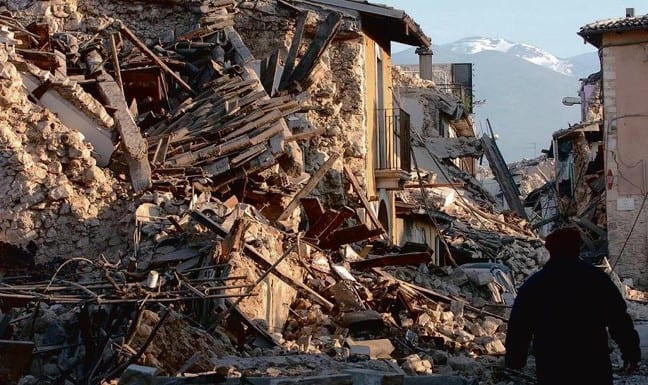
Luminescences in earthquakes are real phenomena, there is no type of supernatural force such as UFOs or witchcraft that generates them, therefore they must be studied
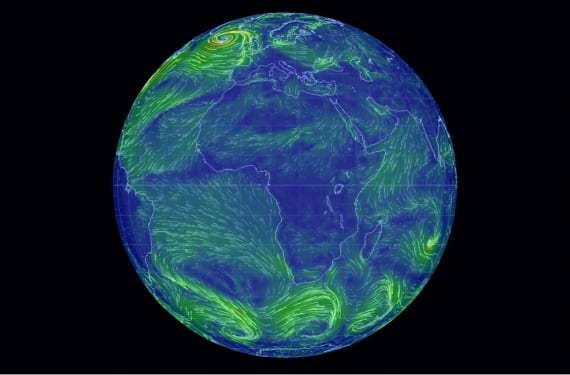
A new computer application, Earth Wind Map, visible on the internet and within the reach of all users, allows us to observe in a visual, aesthetically beautiful way and, what is more important, updated data on wind currents that are taking place along the way. across the planet.
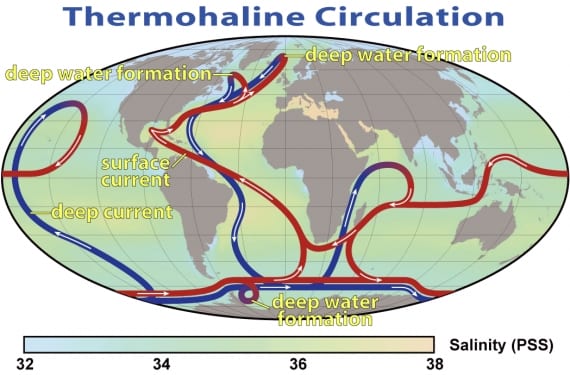
Reviewing the global maps of world precipitation we can observe most of the tropical precipitations occur in the northern hemisphere. Palmyra Atoll, at a latitude of 6 degrees north, receives around 445 cm of rain per year, while another place, located at the same latitude south of the equator, receives only 114 cm.
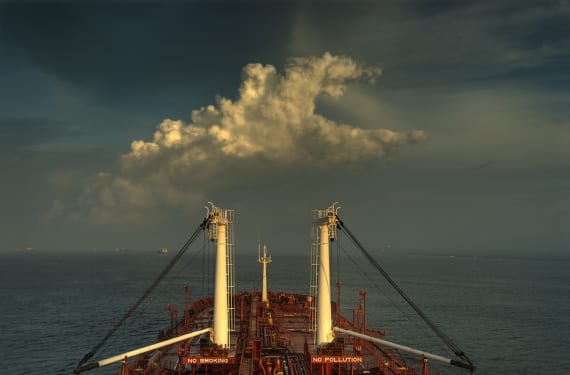
Most researchers thought that air pollution causes larger, longer-lasting storm clouds by making storm fronts more susceptible to air currents, and causing internal convection. In this study, he observed that pollution, as a phenomenon, makes clouds more durable but, in a different way than previously thought, by a decrease in the size of their ice particles and a decrease in the total size of the cloud. This difference directly affects the way scientists represent clouds in climate models.
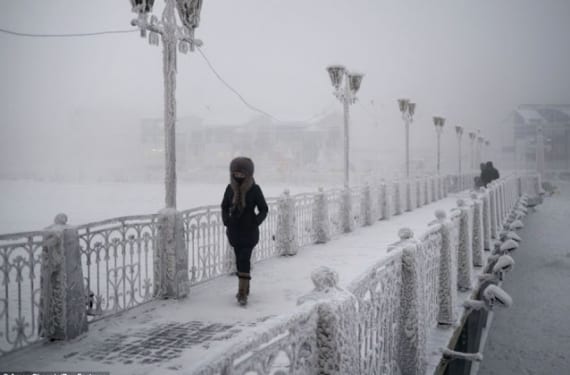
Citizens of places like Verkhoyansk, Yakutsk or Oymyakon (both in Russia) live lives very different from ours, at least in winter. For example, drivers in these cities leave their cars torn up in parking lots for long hours while shopping or running errands, often having to heat the lubricating oil in their cars with a blowtorch to defrost it.
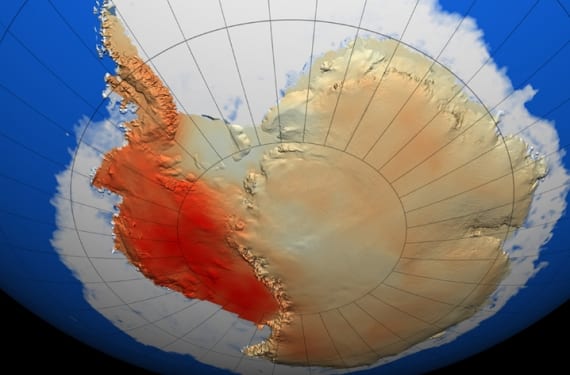
The coldest place on the planet's surface is located in an Antarctic mountain range on the eastern Antarctic plateau where temperatures can reach values below 92ºC below zero on a clear winter night.
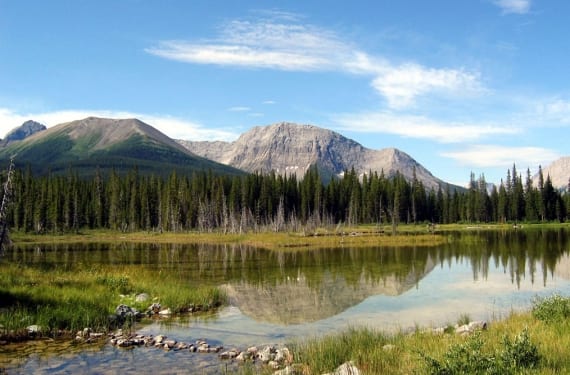
The decrease in snowfall observed in recent years in sub-arctic areas of Canada has led to a worrying drying out of the lake region.
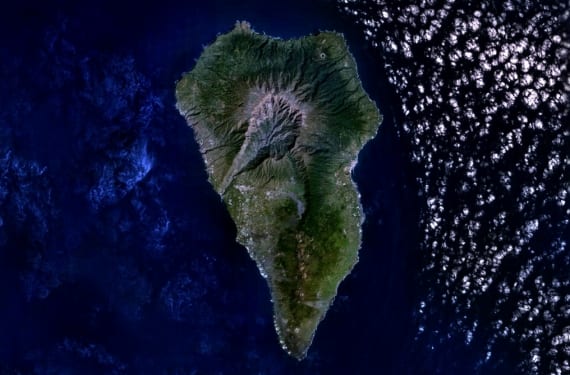
A landslide from a volcano on the island of La Palma would cause a tsunami capable of crossing the Atlantic
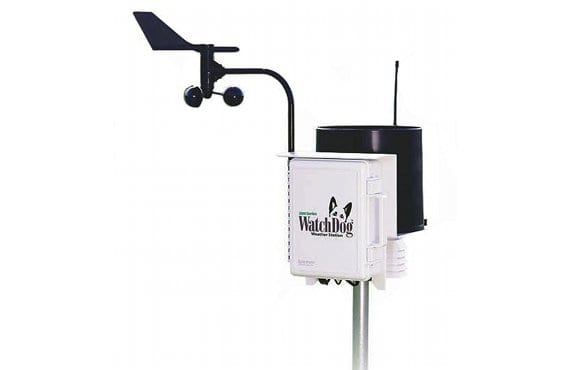
Weather stations not only appear in the professional field, but also satisfy the passion for meteorology of the amateurs.
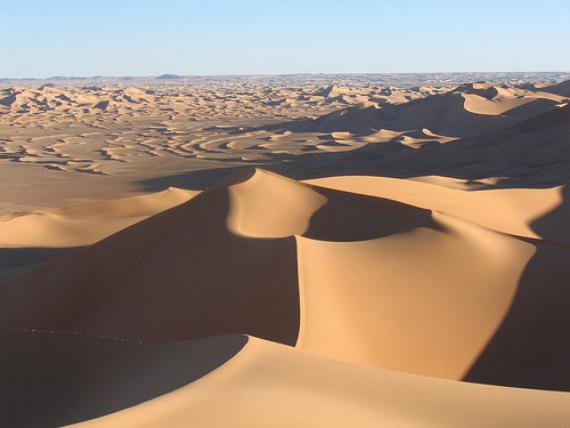
The amplitude of the diurnal variation in surface air temperatures depends on several factors, among which the presence of cloudiness and the effect of the wind stand out.
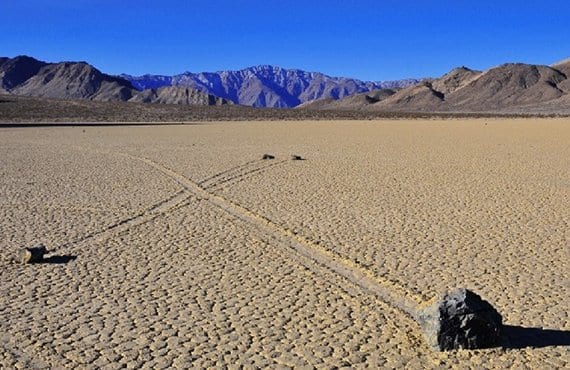
More than half a century of research and it still remains a mystery why the stones move alone in California's Death Valley.
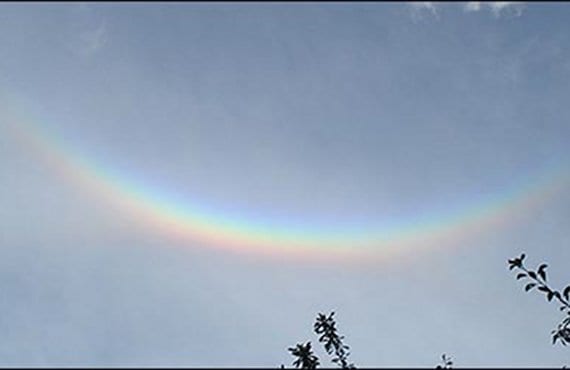
The inverted rainbow is a meteorological phenomenon that requires different circumstances than the normal rainbow. The place in the world where it is most common to see them is the North Pole, although climate change would be causing them to take place in more temperate places.
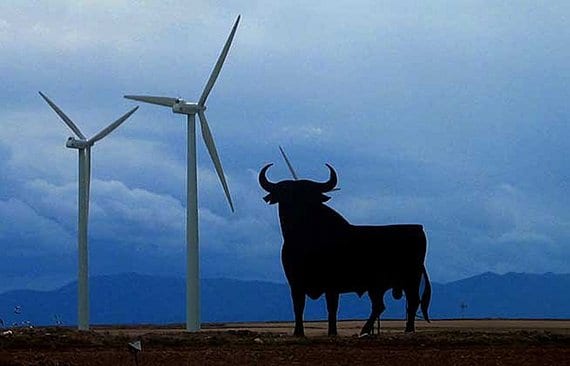
Review of the main characteristics of three of the most famous winds in Spain: the Siroco, the Lebeche and the Cierzo.
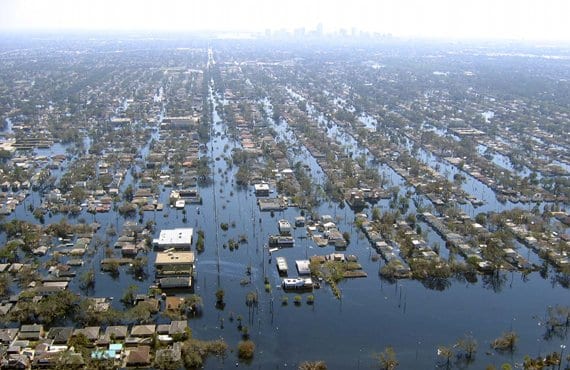
The Federal Emergency Management Agency of the United States has offered a series of guidelines to its citizens on how to protect themselves and their families during extreme weather events, which are dangerously increasing in number due to climate change.
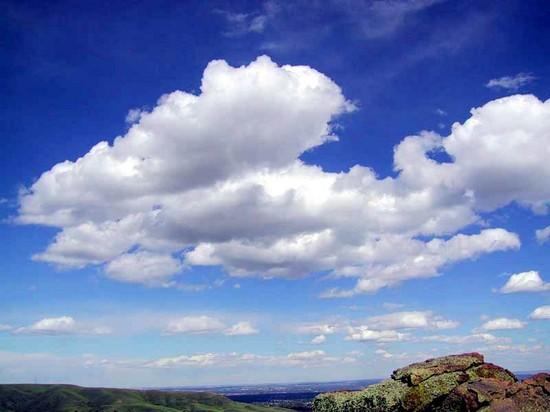
There are factors that can intervene to cause the disappearance of water droplets or ice crystals from clouds such as heating of the air, precipitation and mixing with the drier surrounding air.
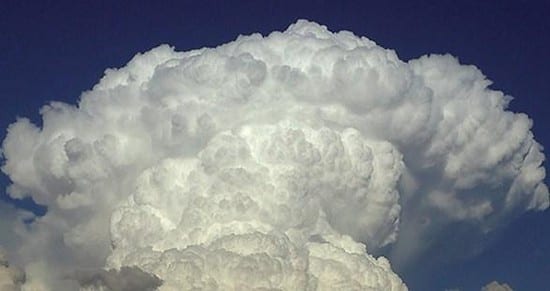
The various types of vertical movements that can lead to cloud formation are: mechanical turbulence, convection, orographic ascent, and slow, long ascent.
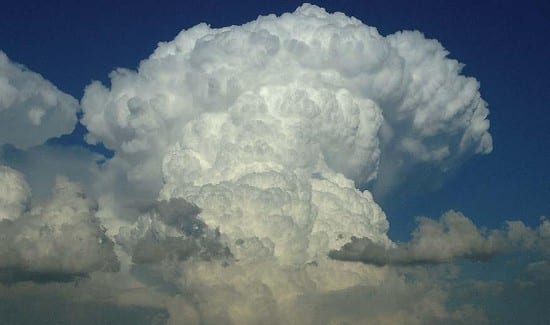
According to the WMO, the Cumulonimbus are described as a thick and dense cloud, with a considerable vertical development, in the form of a mountain or huge towers. It is associated with storms.
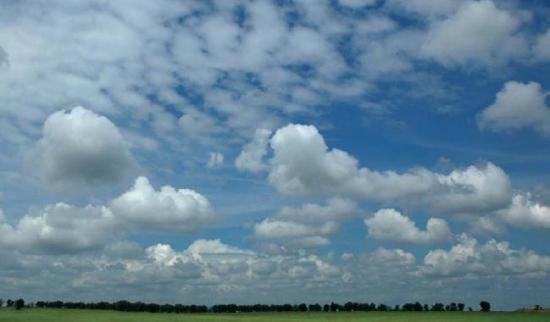
Cumulus clouds are vertically developing clouds formed mainly by vertical currents favored by the heating of the air at the Earth's surface.
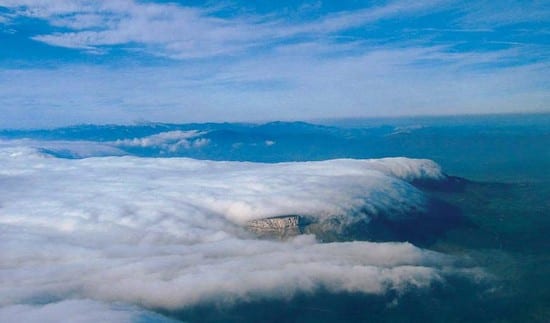
Stratus are made up of small water droplets although at very low temperatures they can consist of small ice particles.
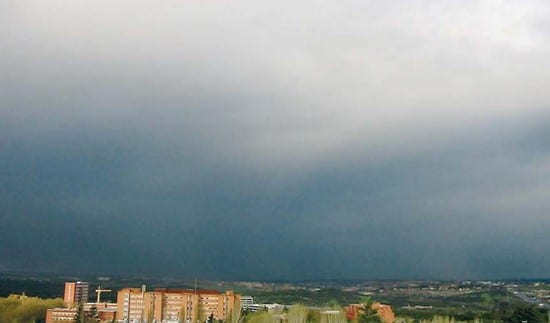
Nimbostratus are described as a gray, often dark layer of clouds, with an appearance veiled by the precipitation of rain or snow falling more or less continuously from it.

Altocumulus are classified as medium clouds. This type of cloud is described as a bank, thin layer or layer of clouds composed of very varied shapes.

Cirrocumulus trees consist of a bank, thin layer or sheet of white clouds, without shadows, composed of very small elements. They reveal the presence of instability at the level at which they are.
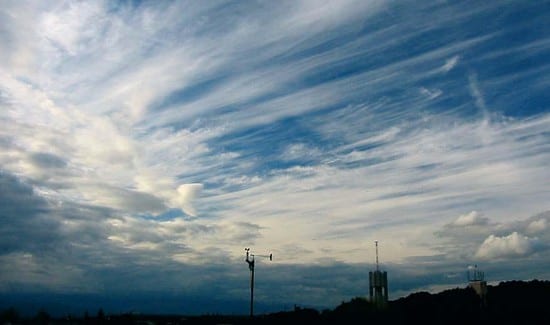
Cirrus are a type of high cloud, usually in the form of white filaments made up of ice crystals.

When humid air cools and passes a threshold, the water vapor condenses on condensation nuclei contained in the air. Other related processes are freezing and sublimation.
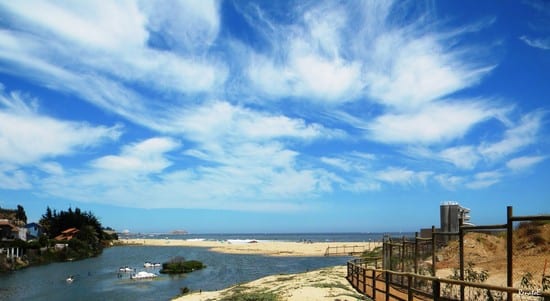
When we refer to distances, altitude and height of the clouds are different concepts. The vertical dimension of a cloud is the vertical distance between the level of its base and that of its top.
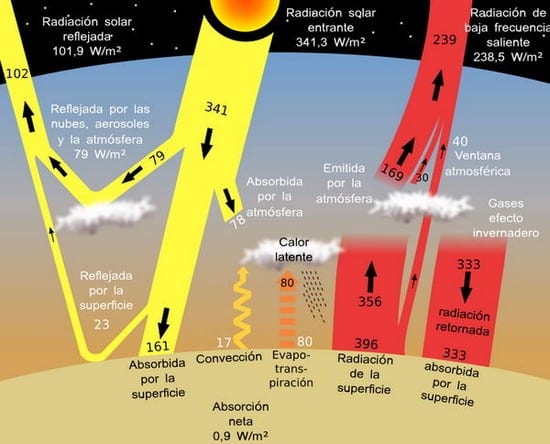
Albedo is the relationship between the reflected energy and the incident energy in the wavelength of visible light and makes the planets shine:
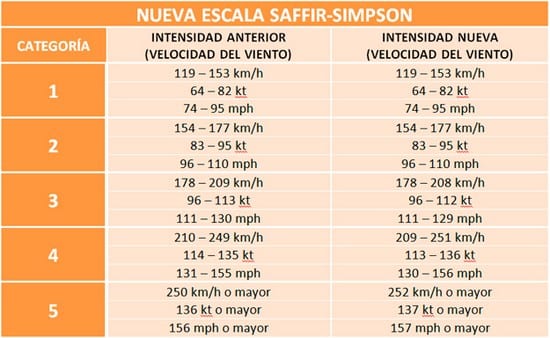
The National Hurricane Center of the United States (NHC) has published a modification in the Saffir-Simpson Hurricane scale, which measures the intensity of winds from tropical cyclones when they reach the category of hurricanes.

The fundamental input of radiation on the planet is the radiation emitted by the Sun. The energy of these radiations is transmitted to the Earth in the form of electromagnetic waves.
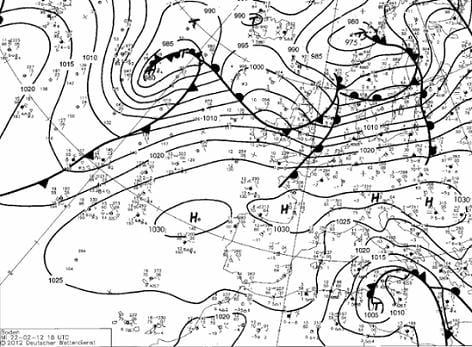
The synoptic map is a graphical representation of the atmospheric pressure field. In it we represent elements such as isobars, high and low pressure centers and frontal systems.
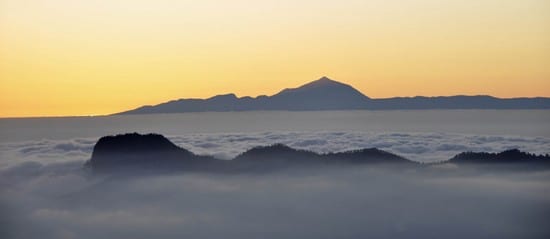
The planetary boundary layer is the lower part of the atmosphere where the turbulent air mixture dominates.
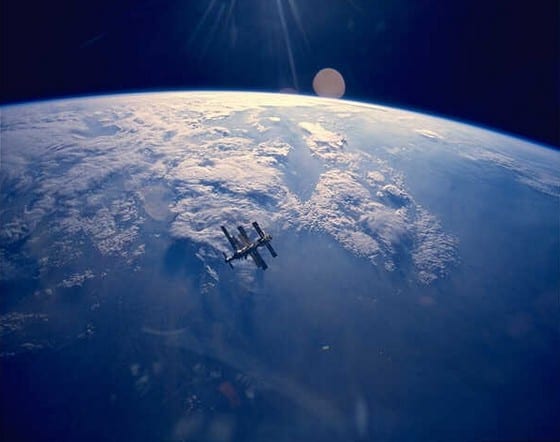
The atmosphere is divided according to variables, such as pressure, temperature or density, among others, and broadly we distinguish Homosphere and Heterosphere
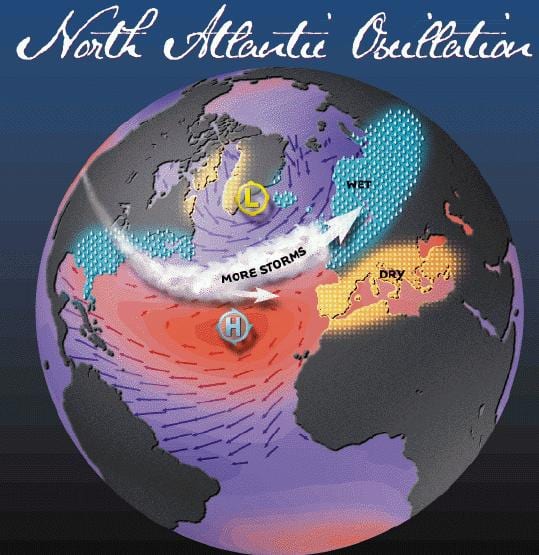
The NAO index measures pressure differences between Iceland and Lisbon or Gibraltar. Positive and negative phases can occur depending on the pressure difference.

The katabatic wind is a type of mountain breeze, the ground cools at night and the air in contact with that surface descends by gravity.
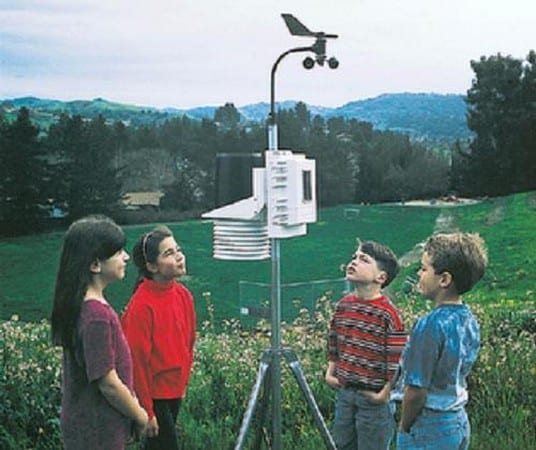
People who are interested in meteorology, weather and climate, meteorologists at the AEMET, study of the Earth's atmosphere.
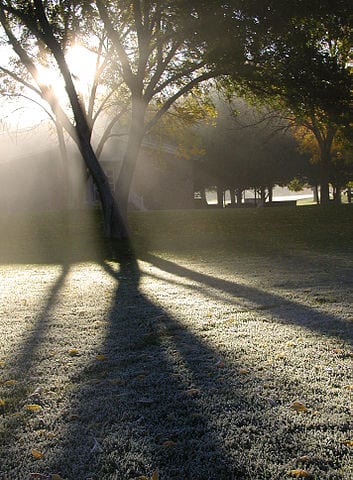
One of the most used terms in meteorology and in meteorological reports is that of relative humidity. Although I ...
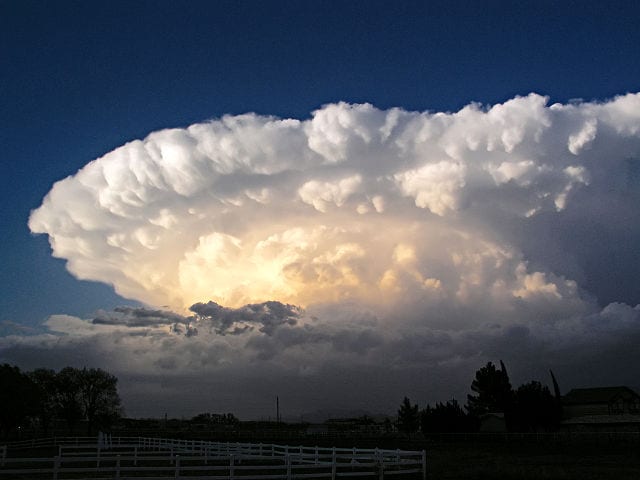
Meteorology is a scientific and technical discipline that is responsible for studying and predicting the various phenomena that occur ...